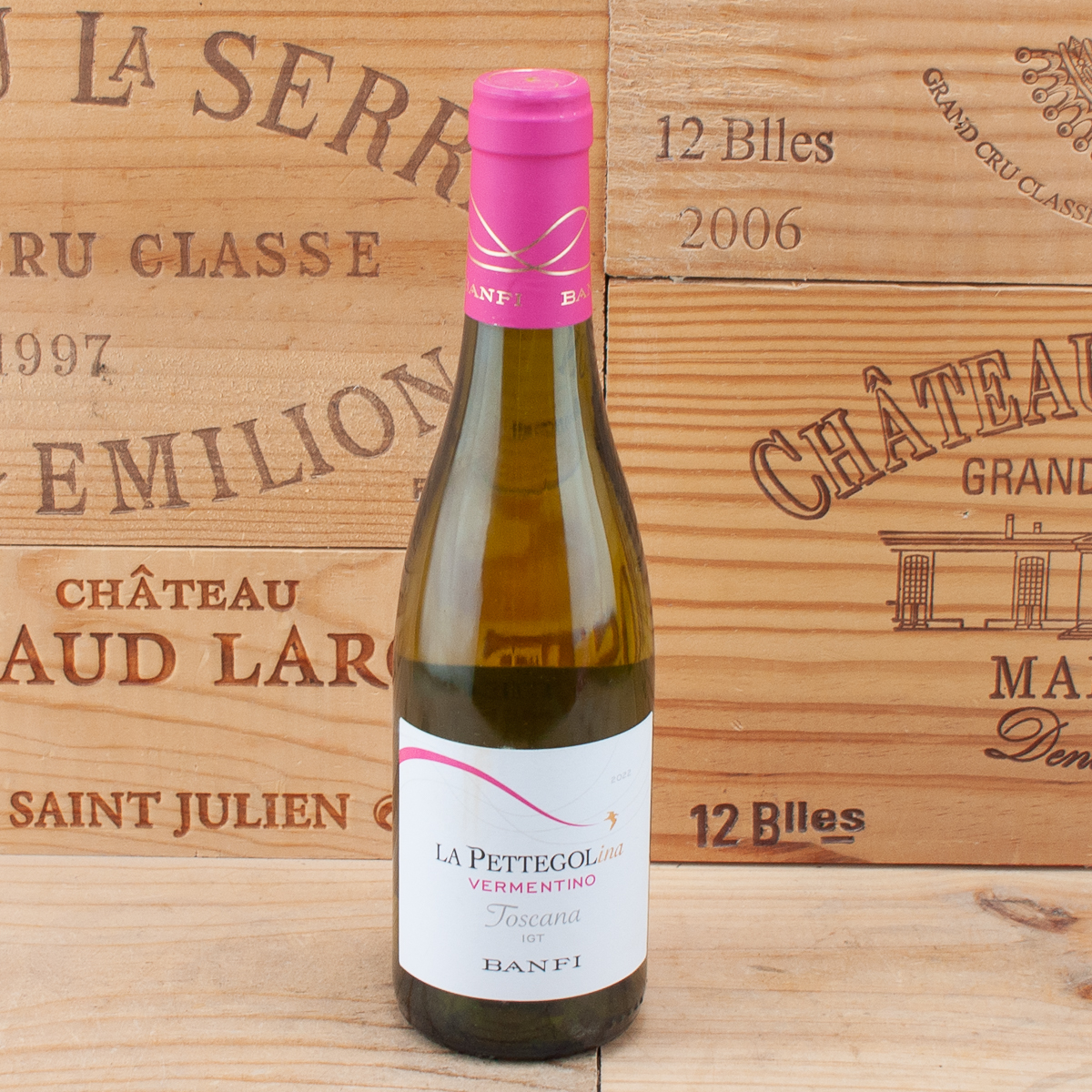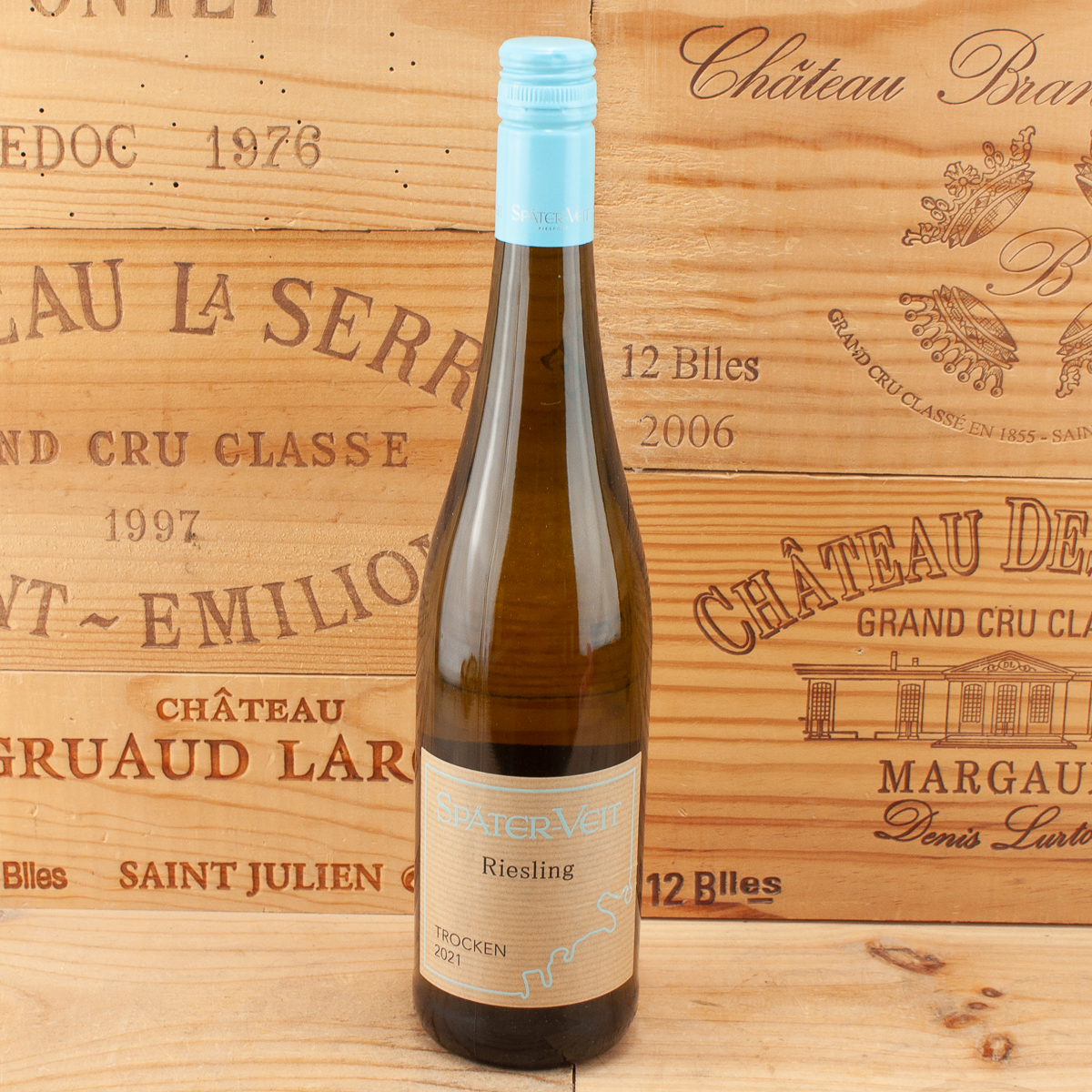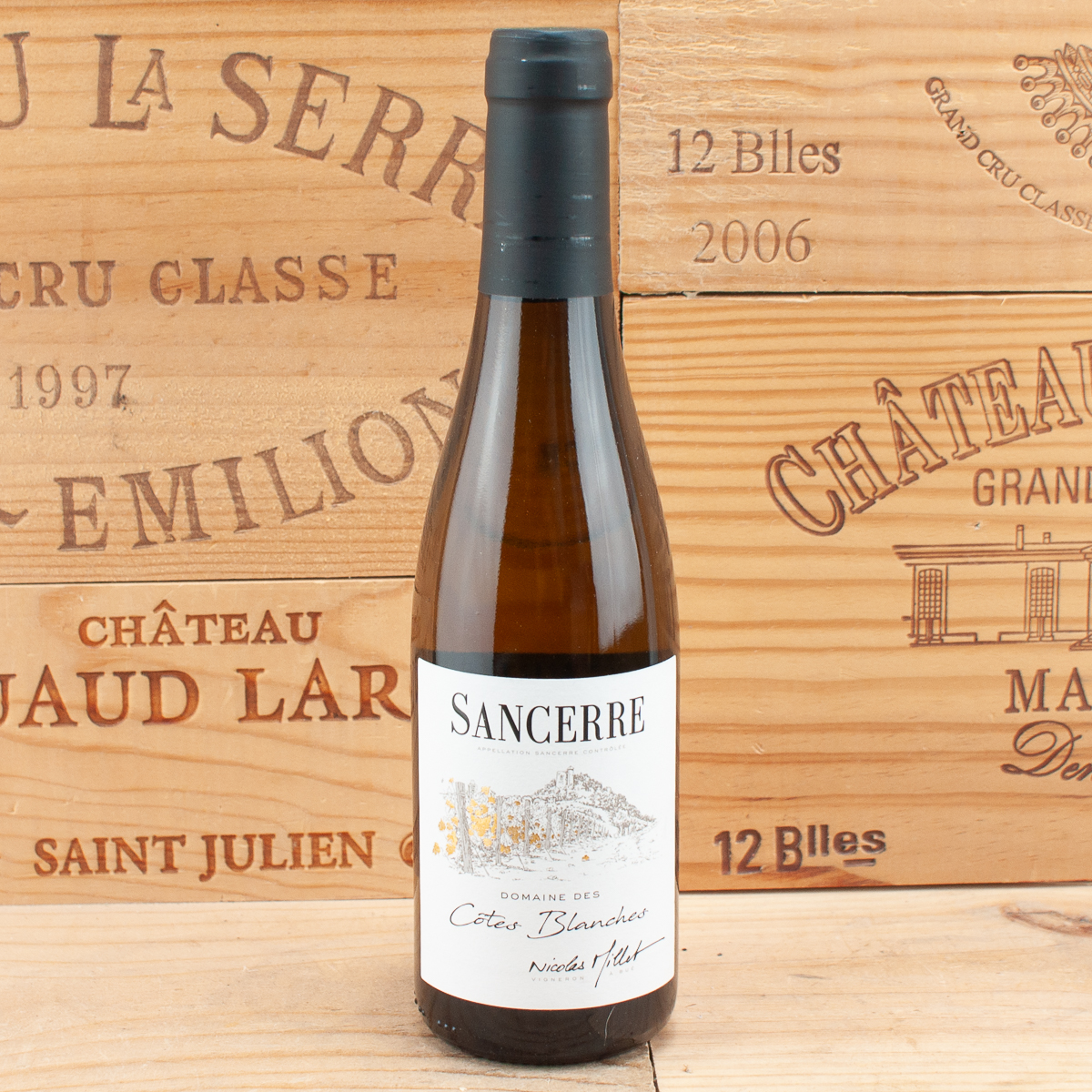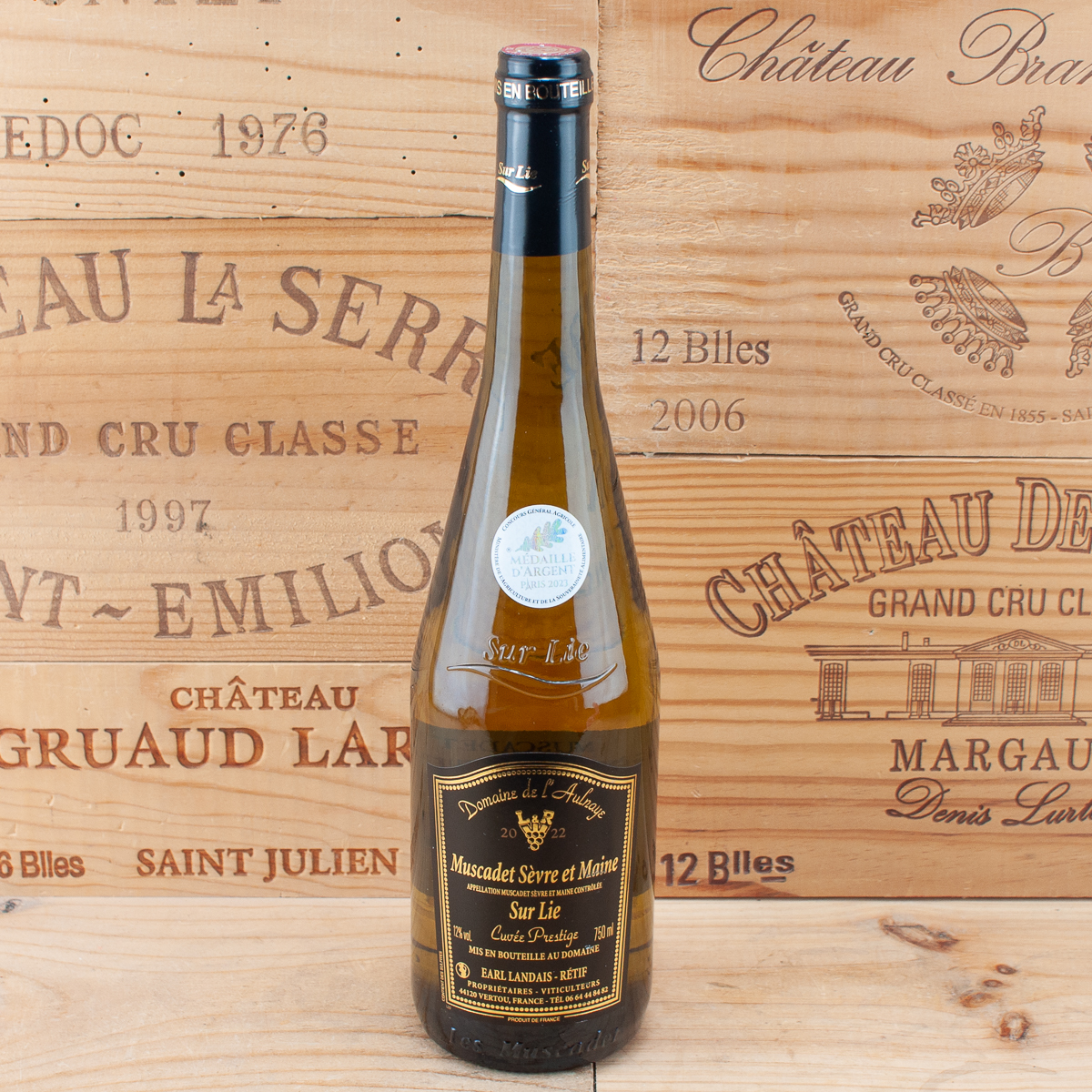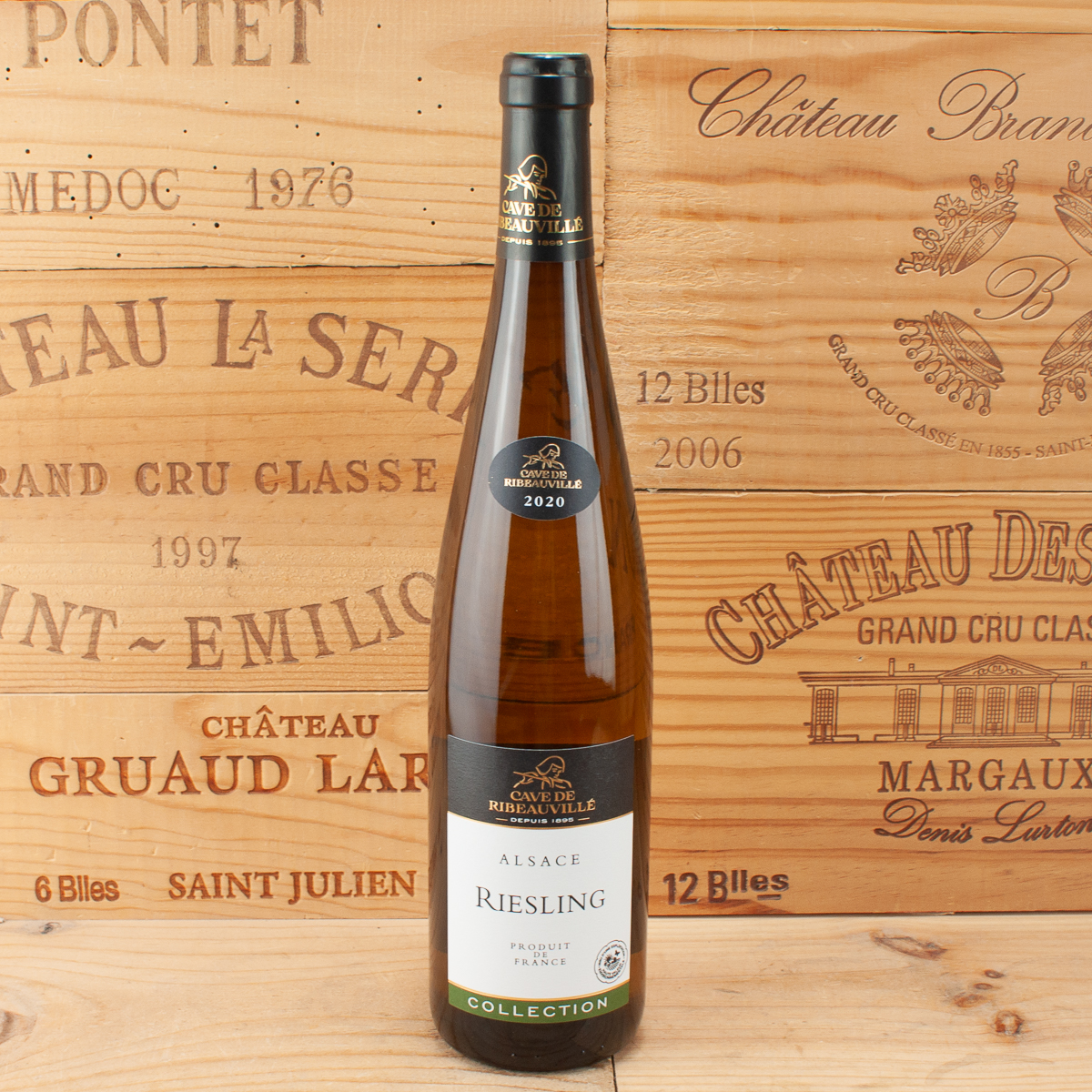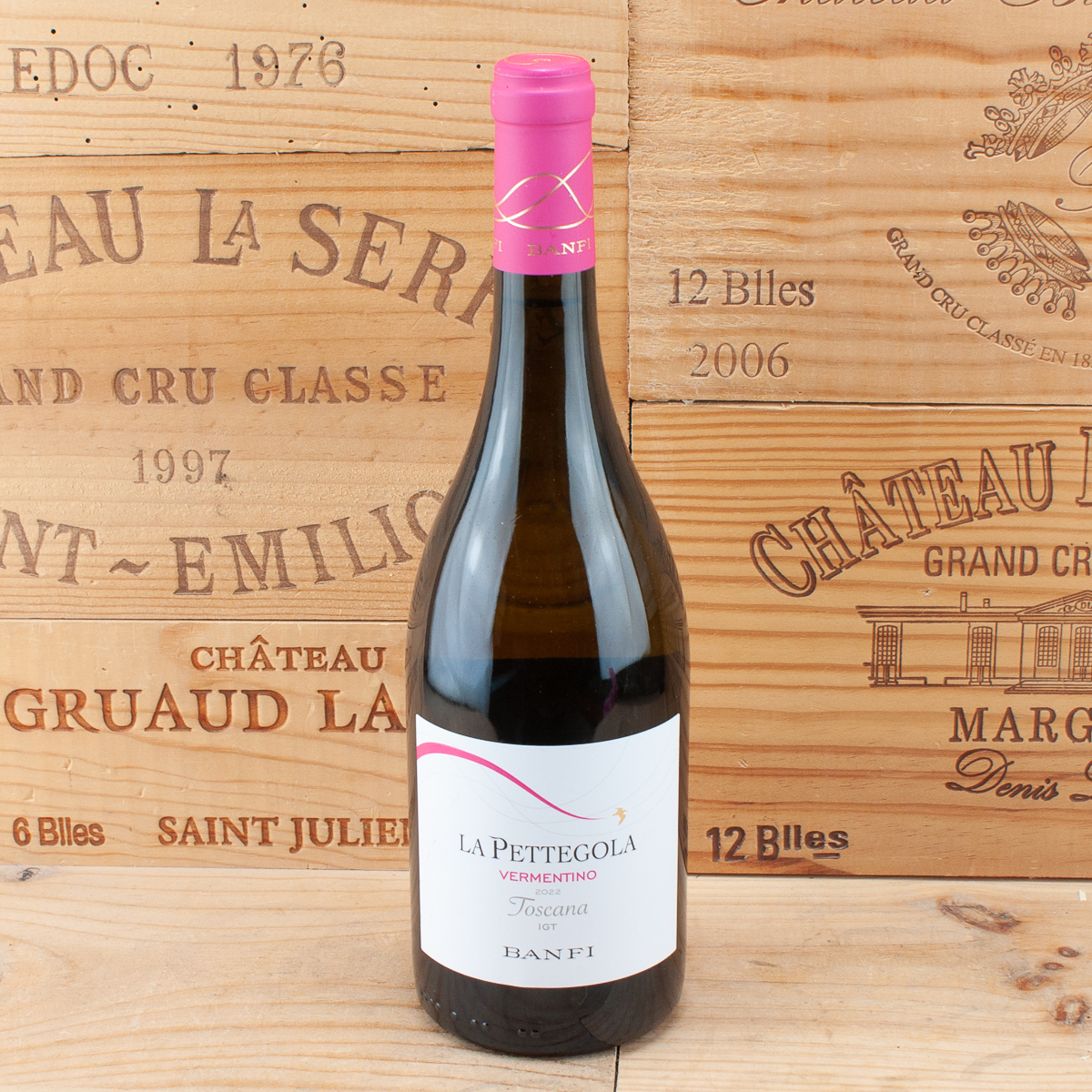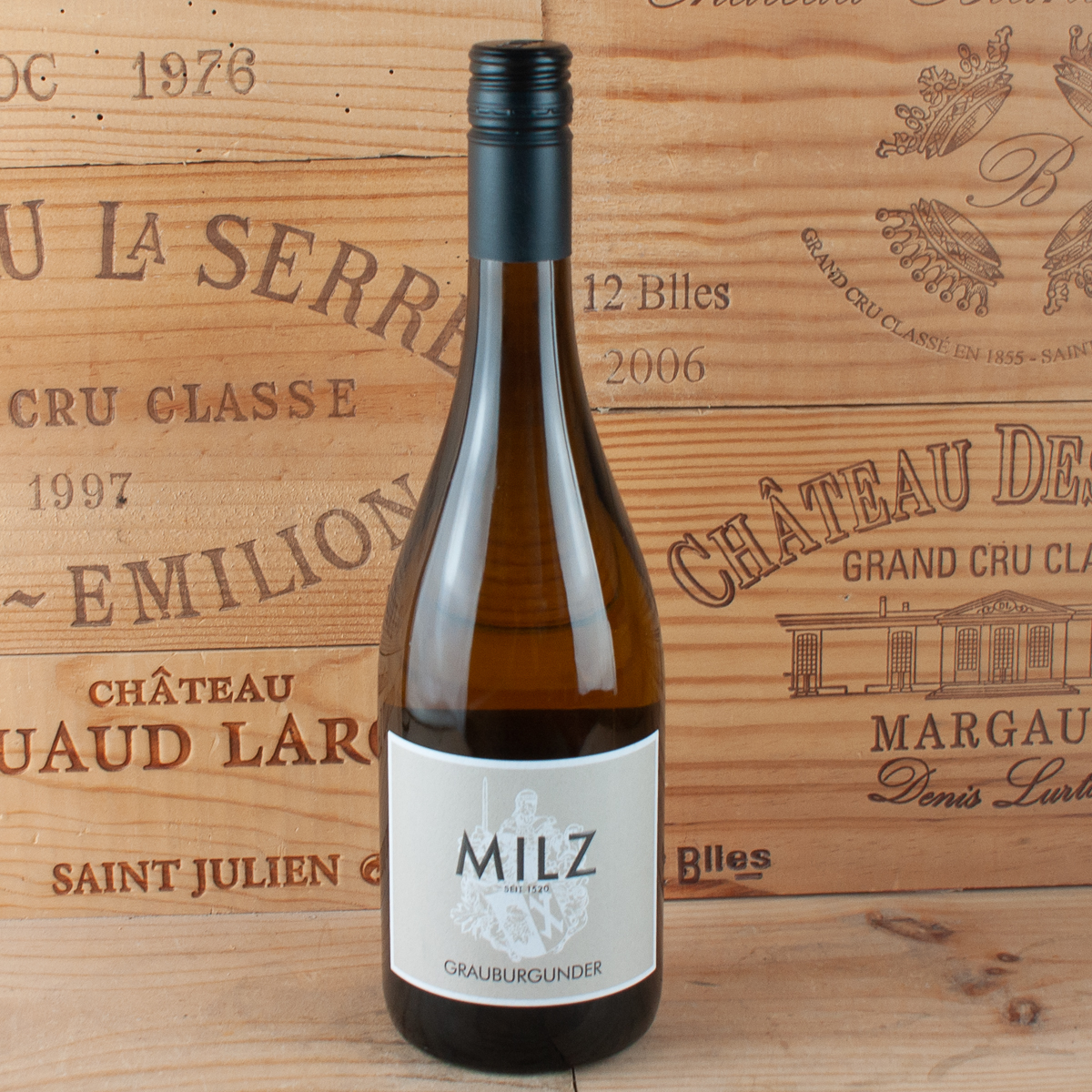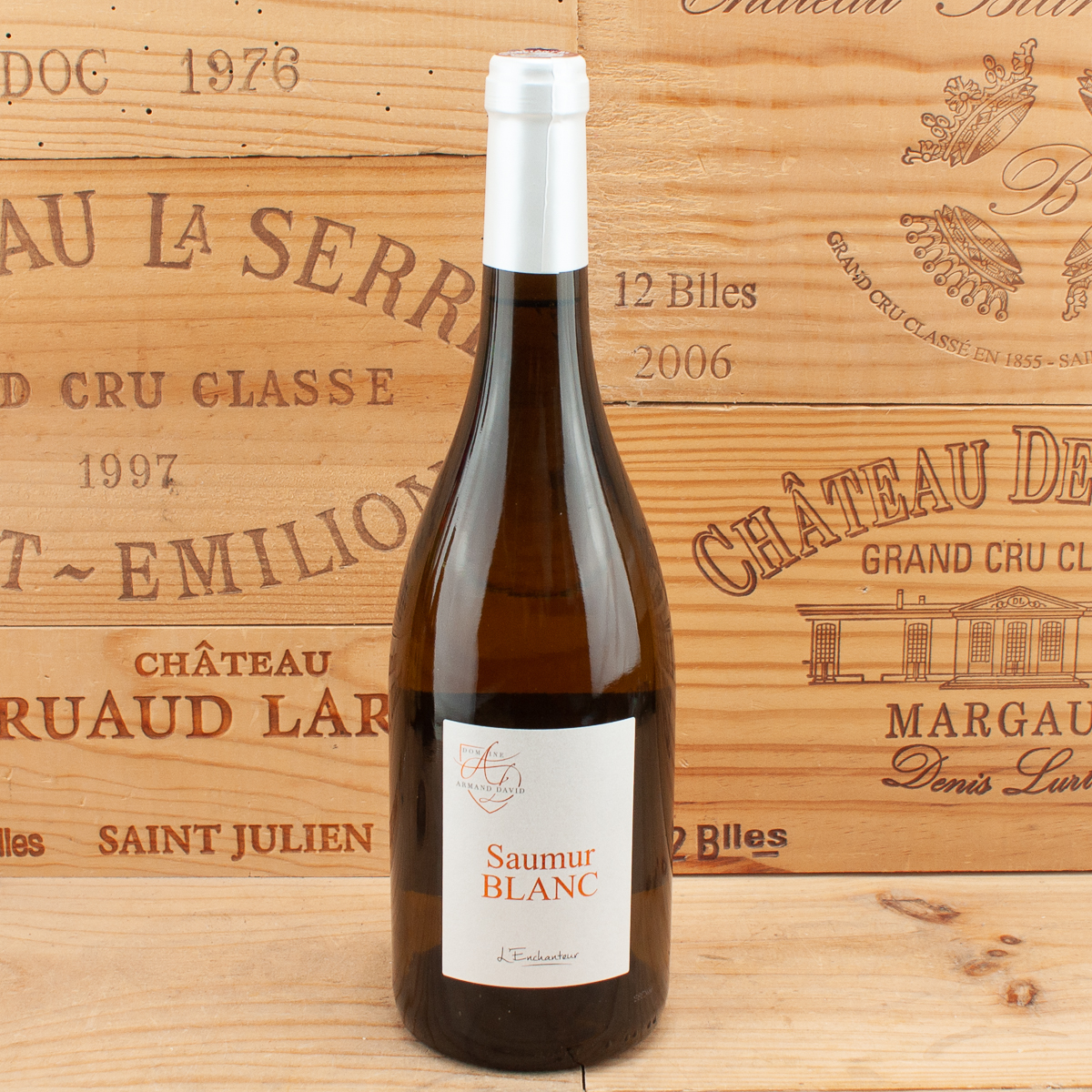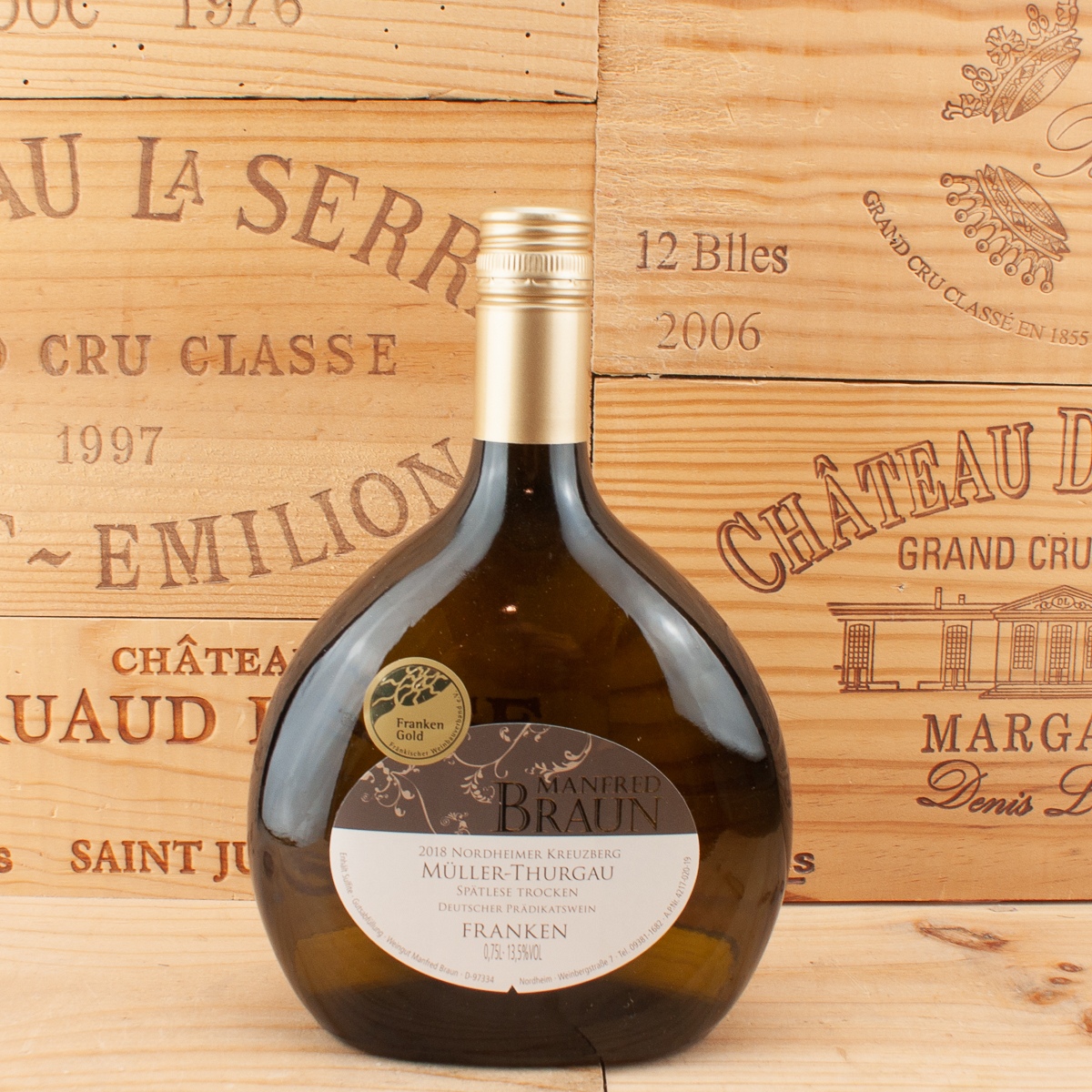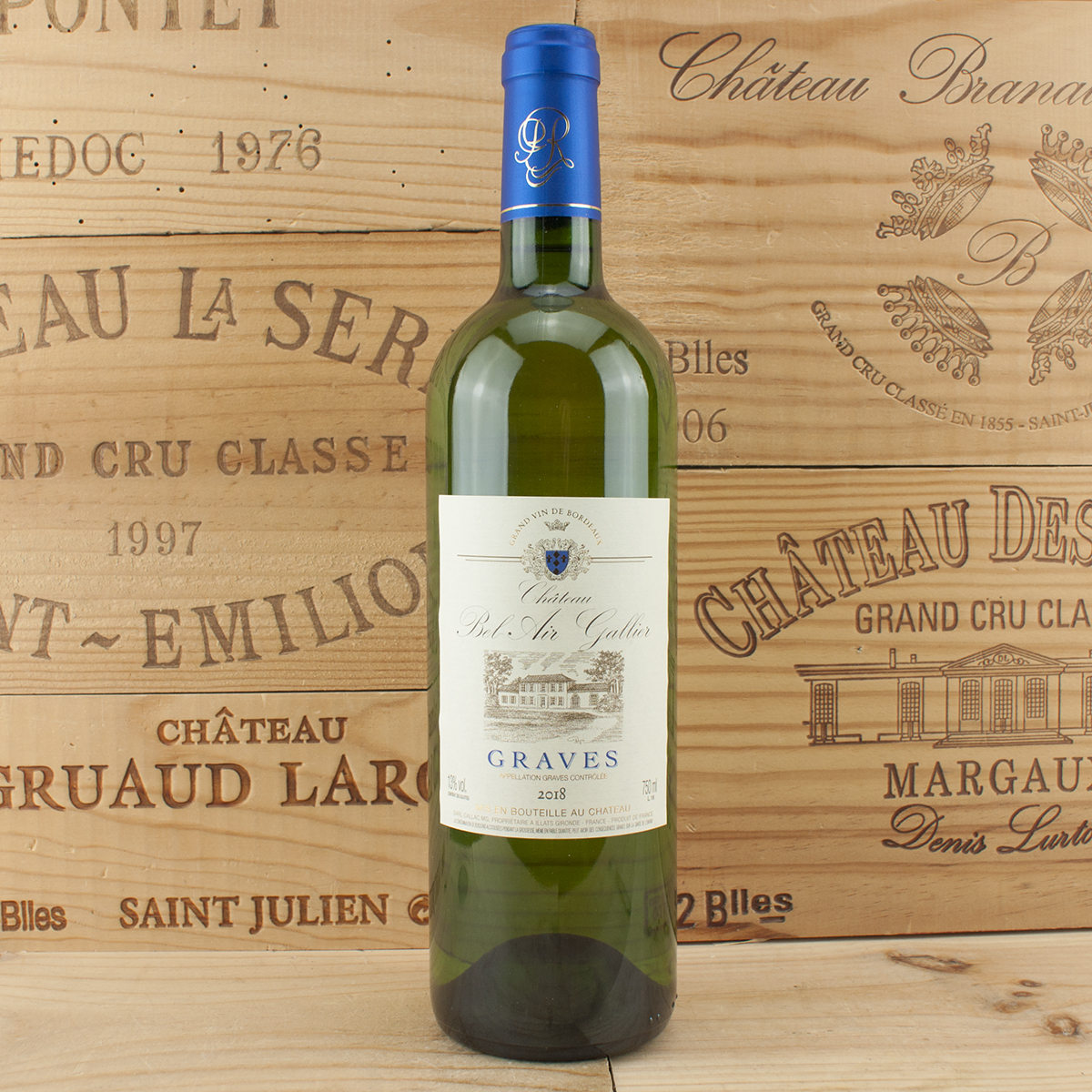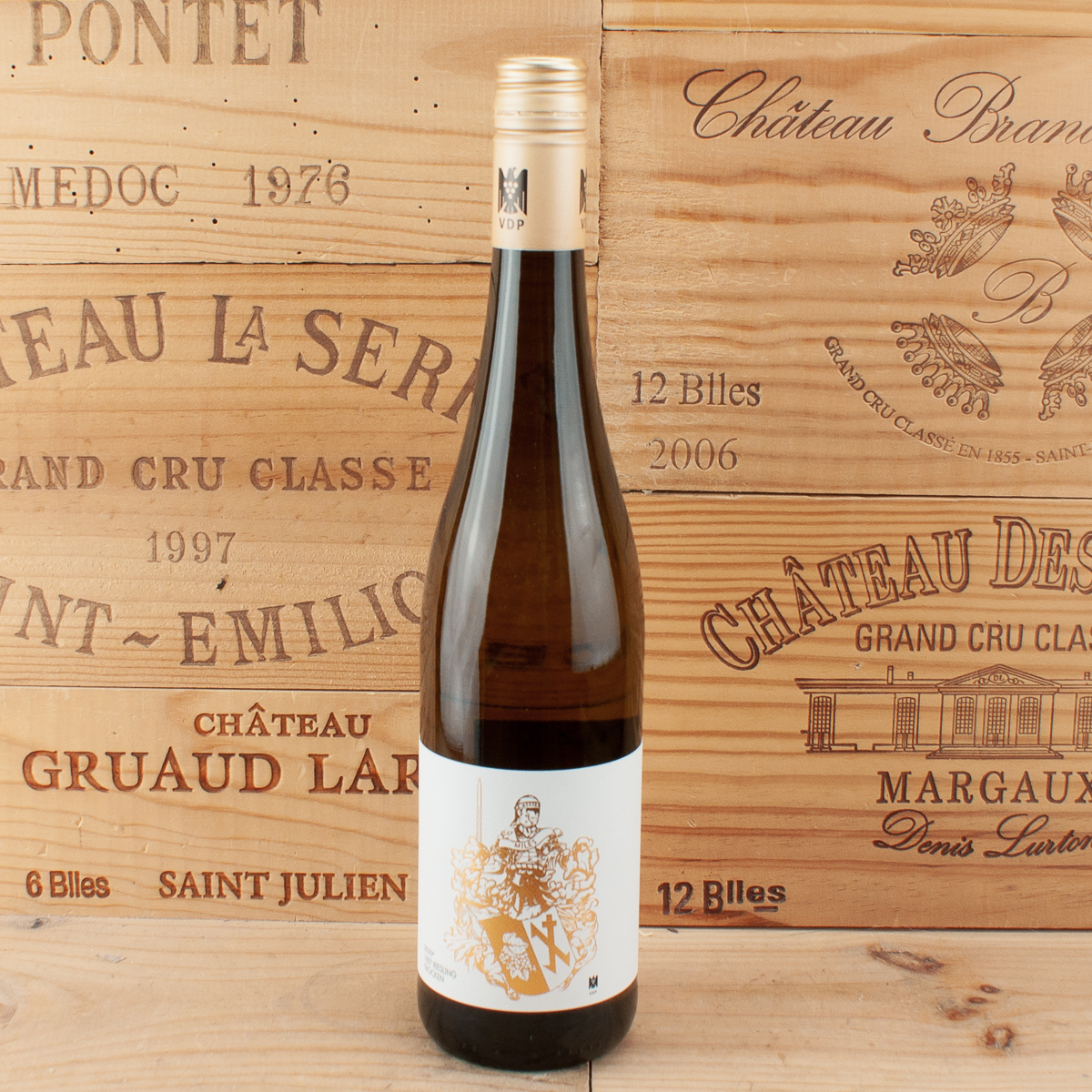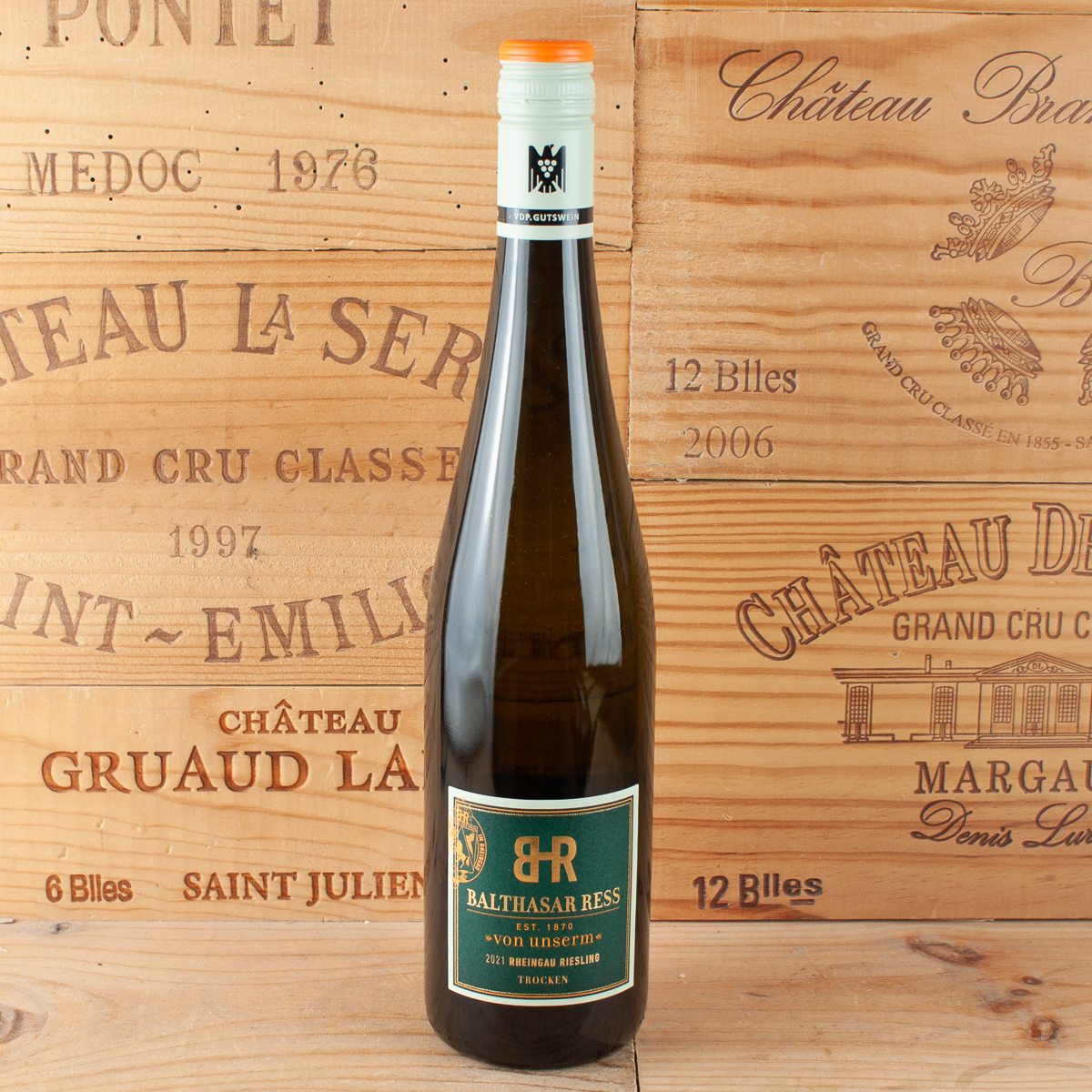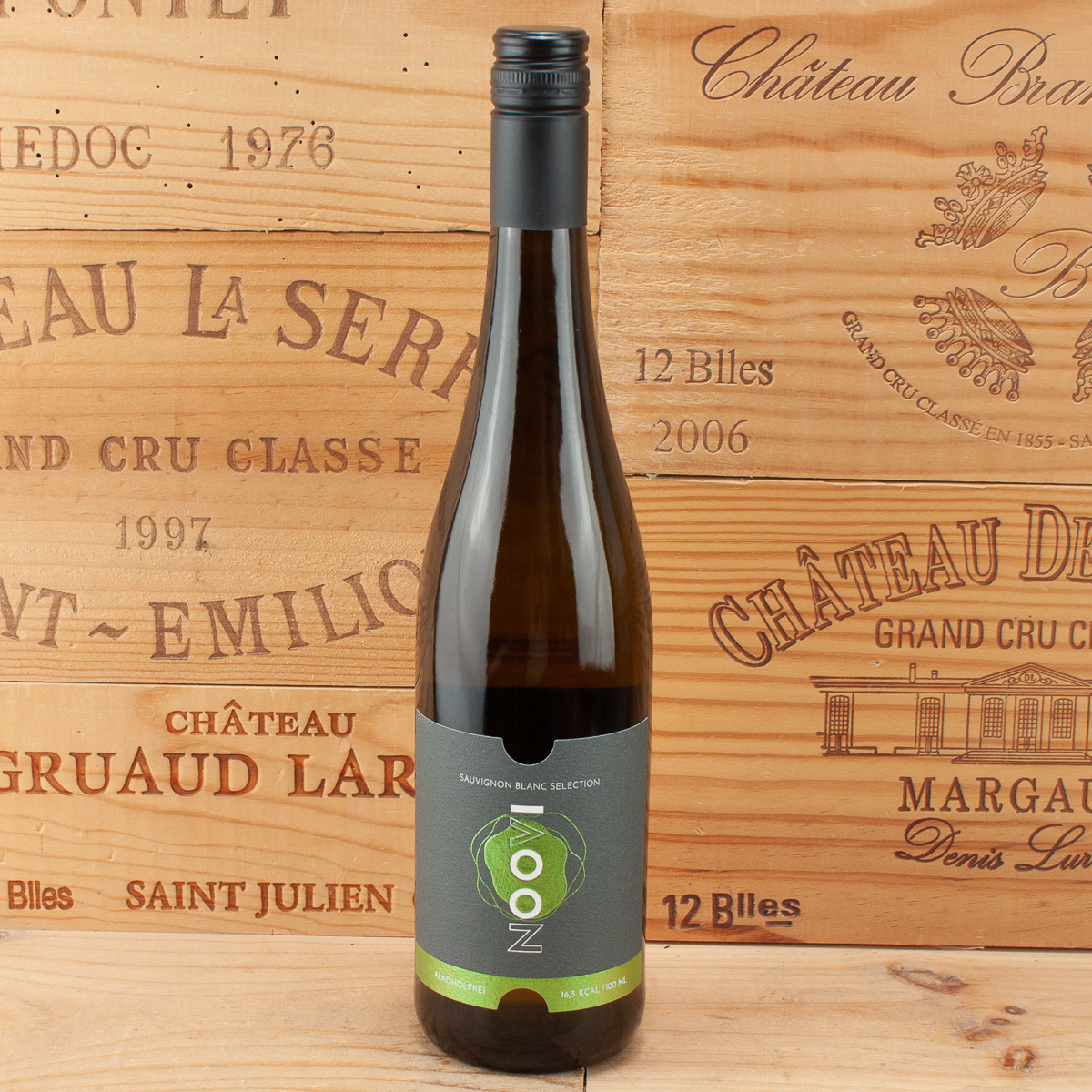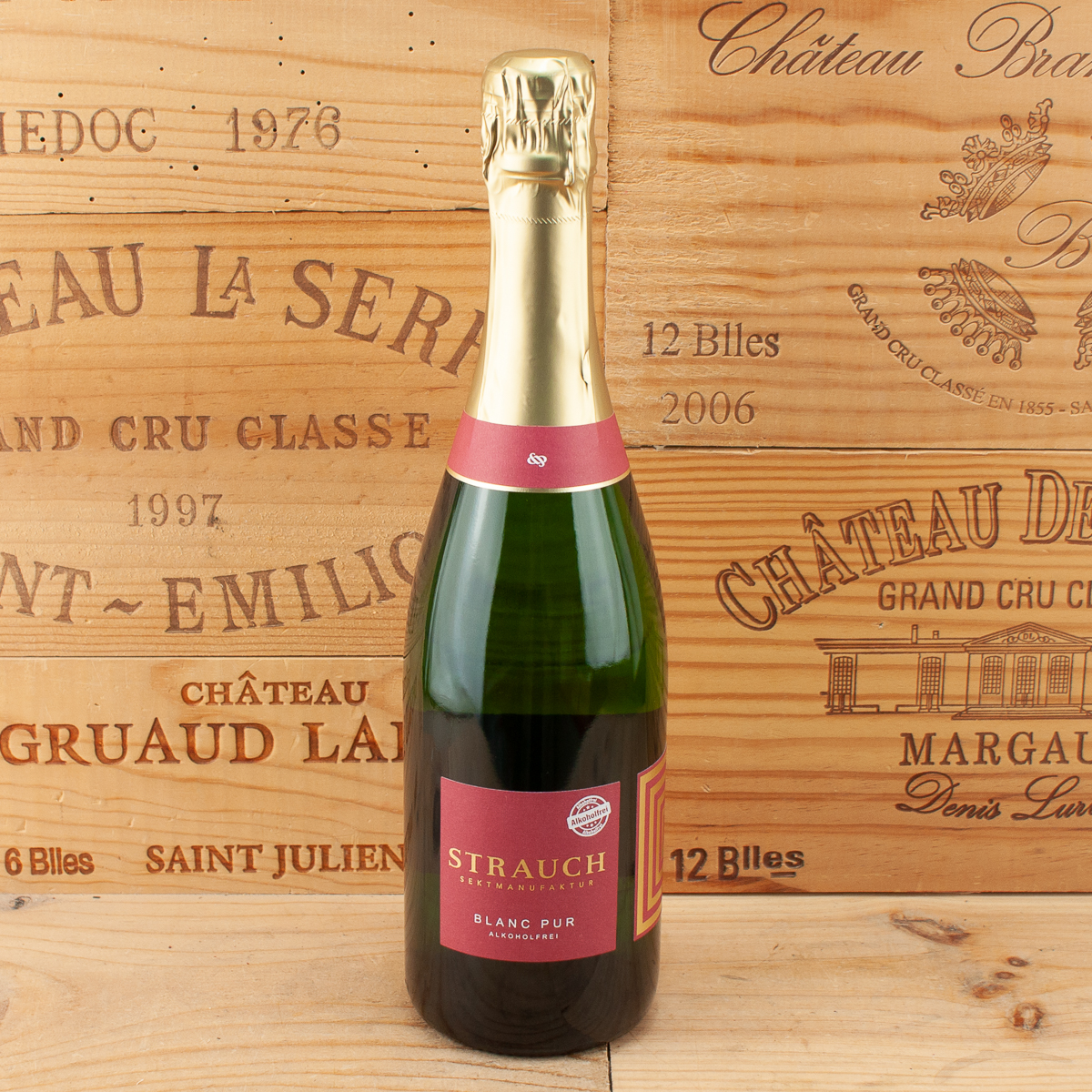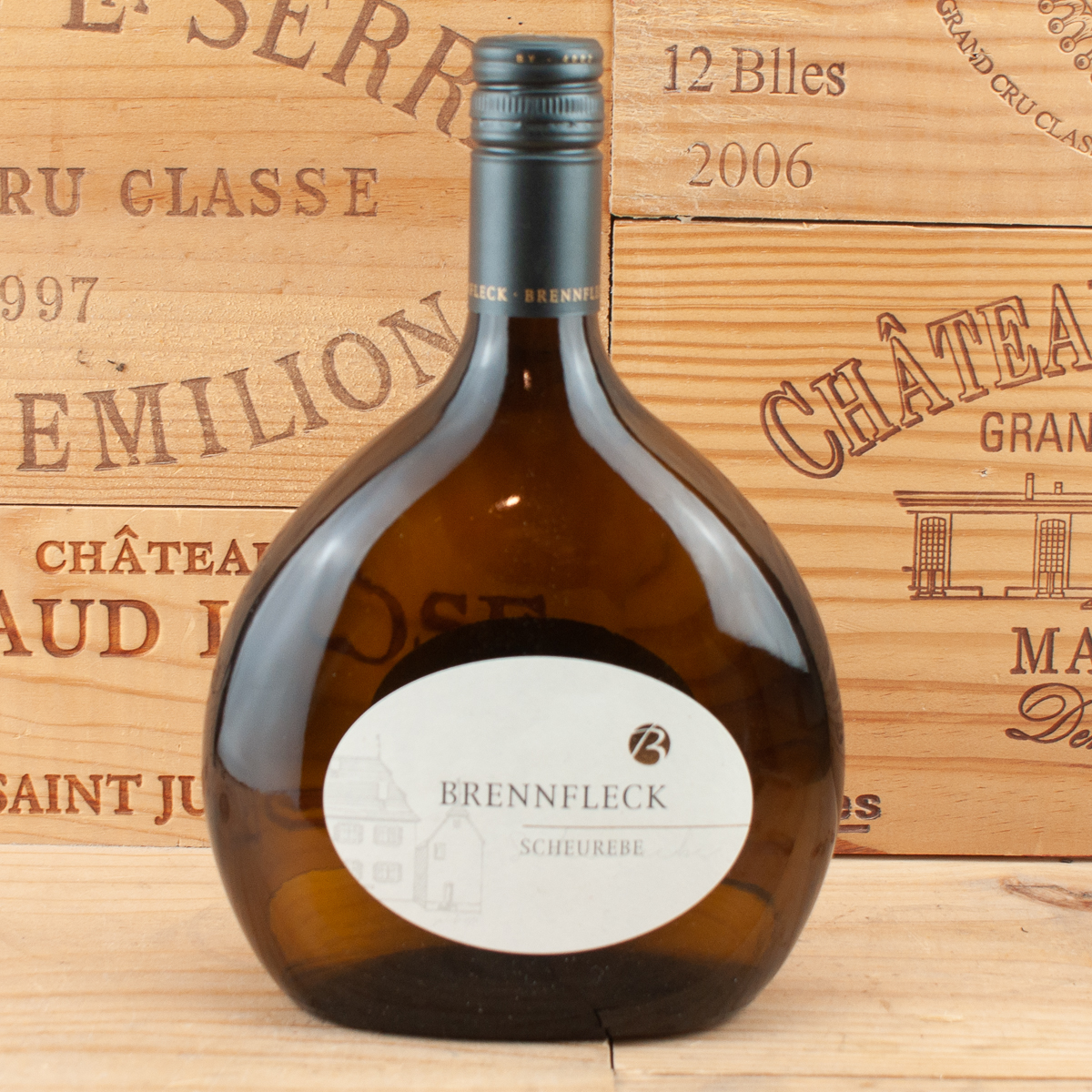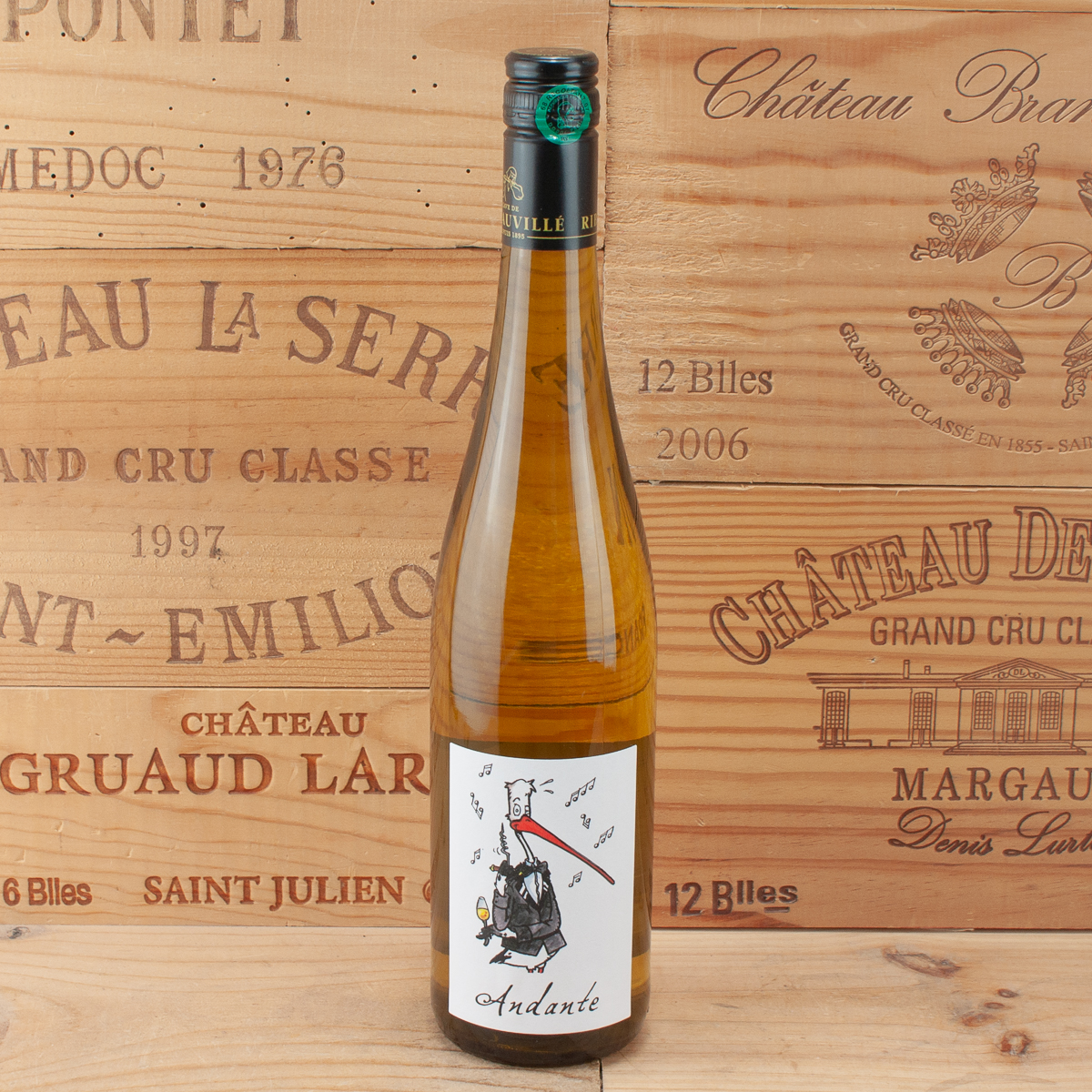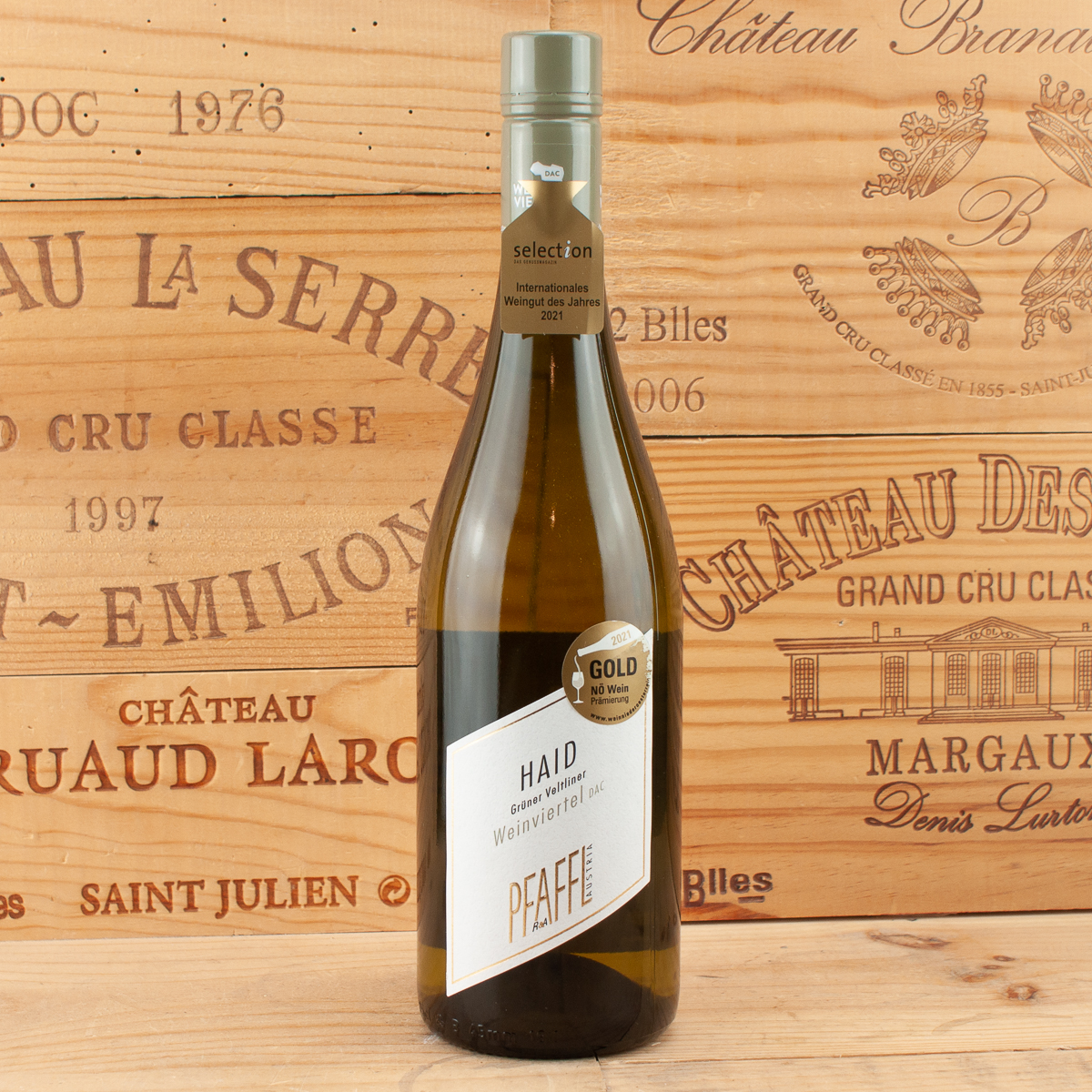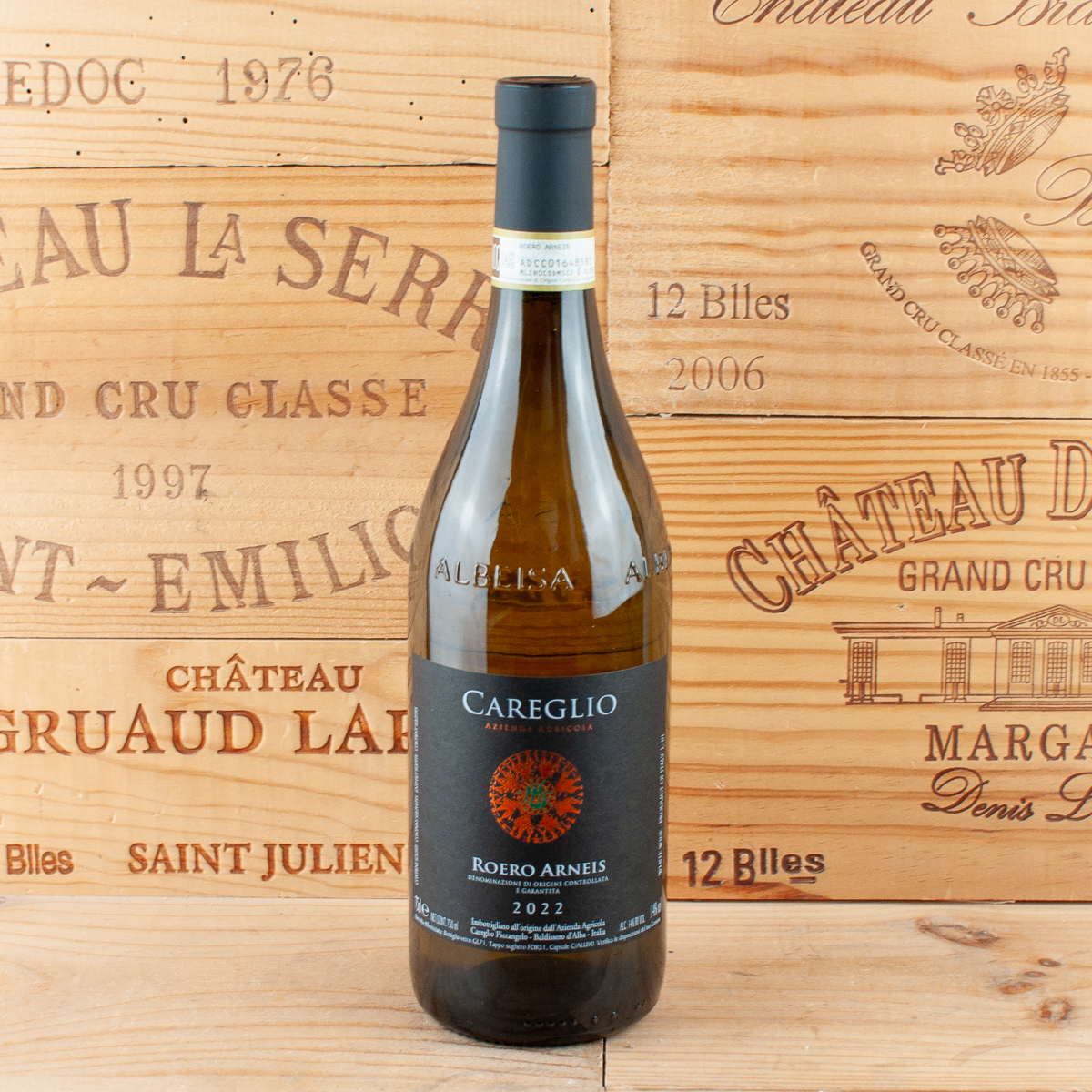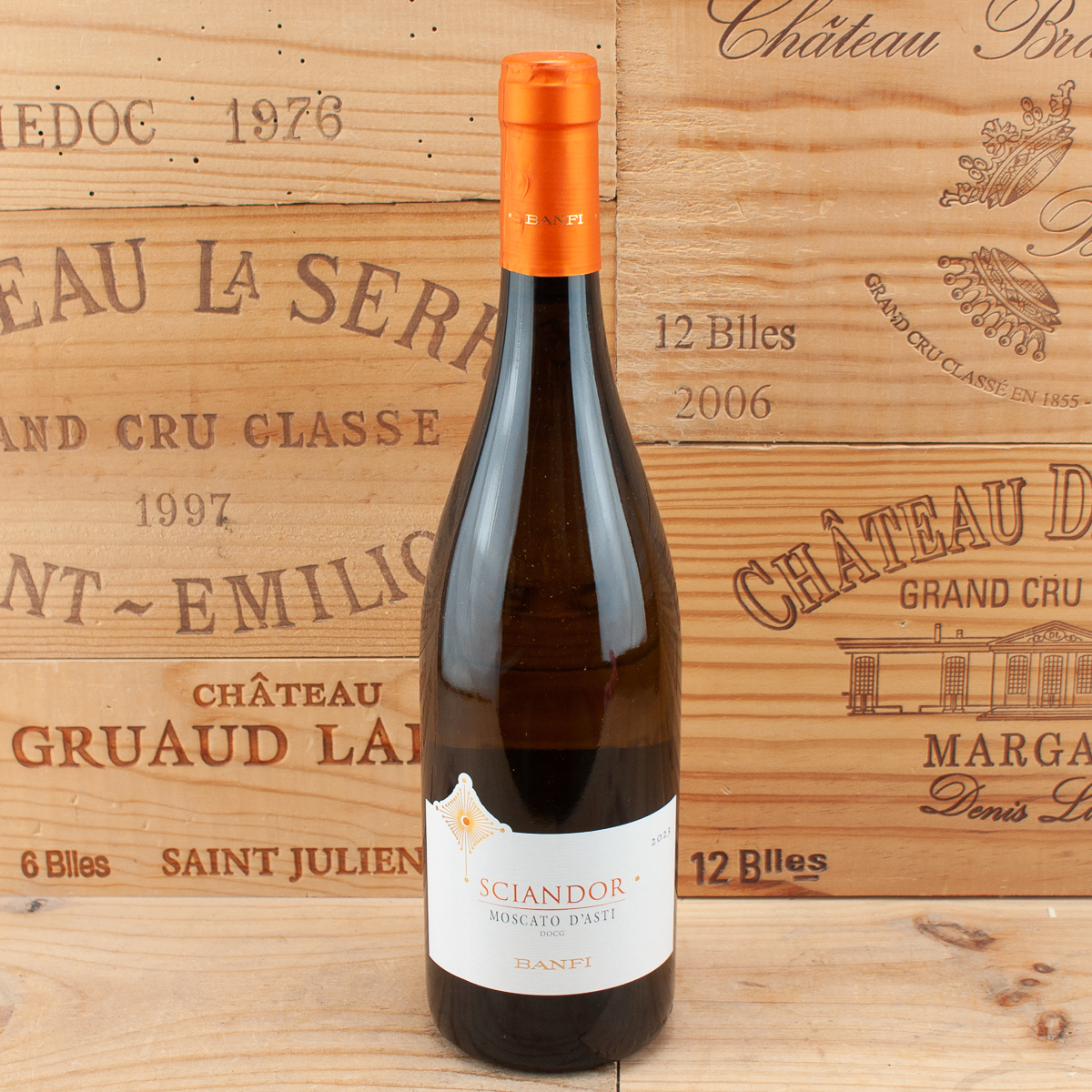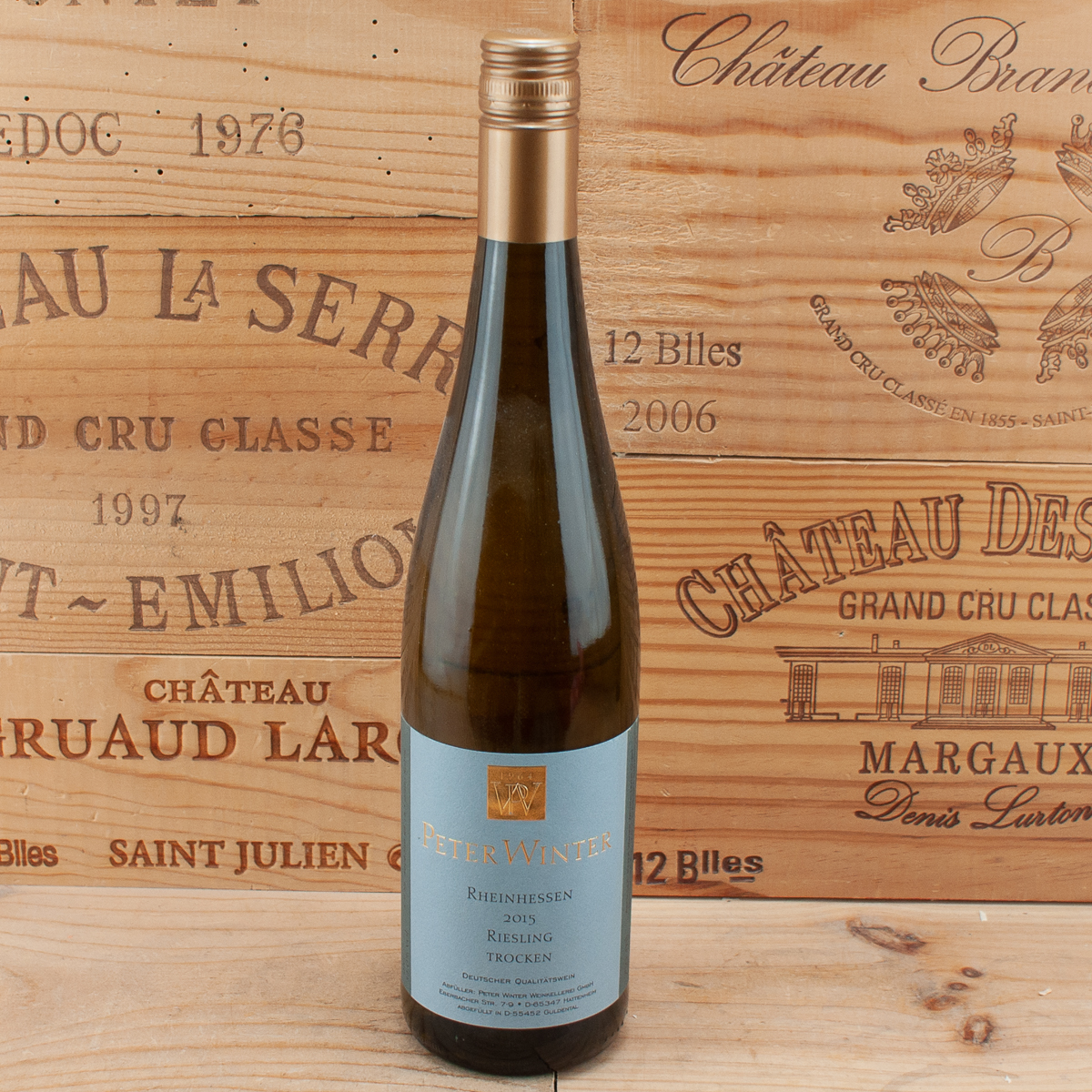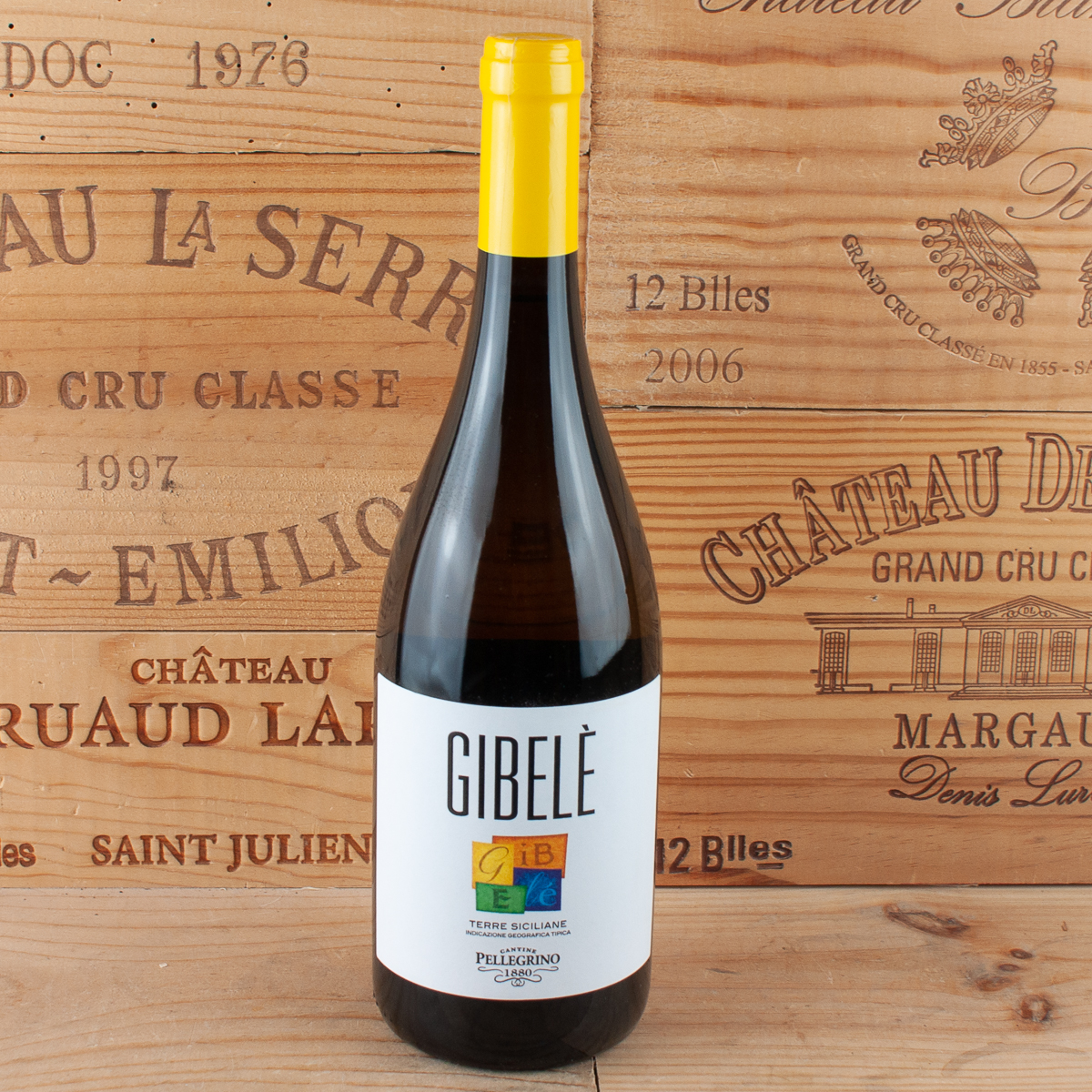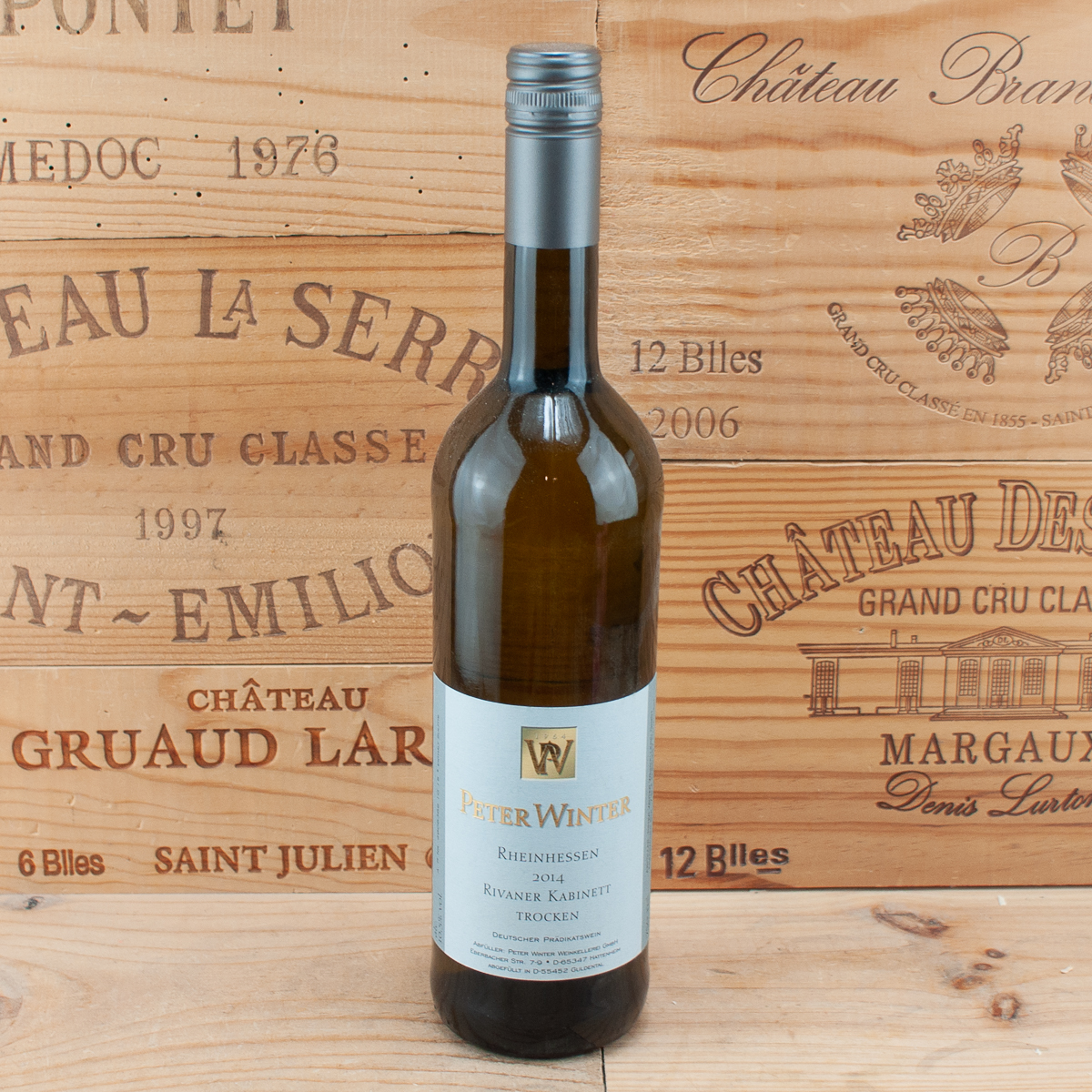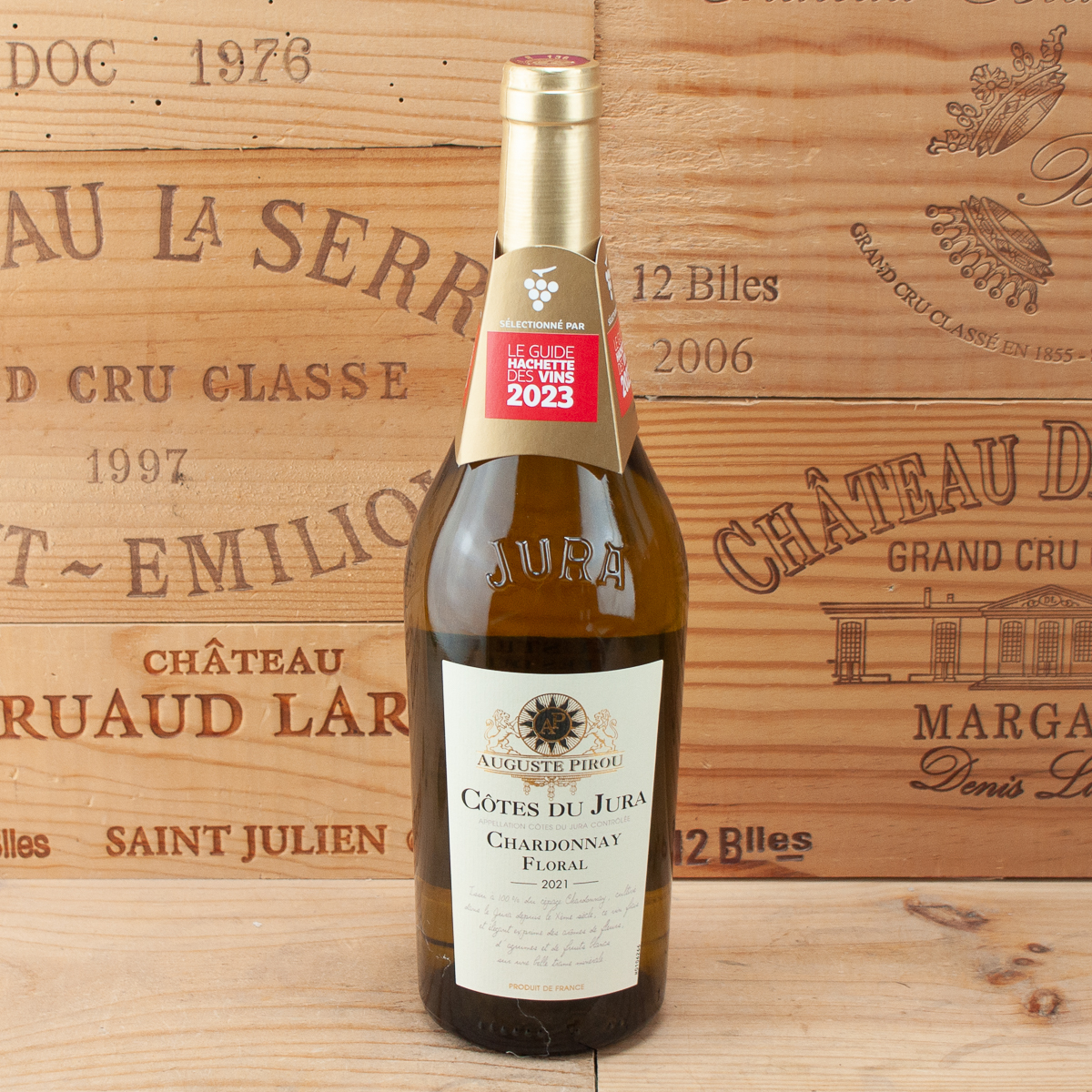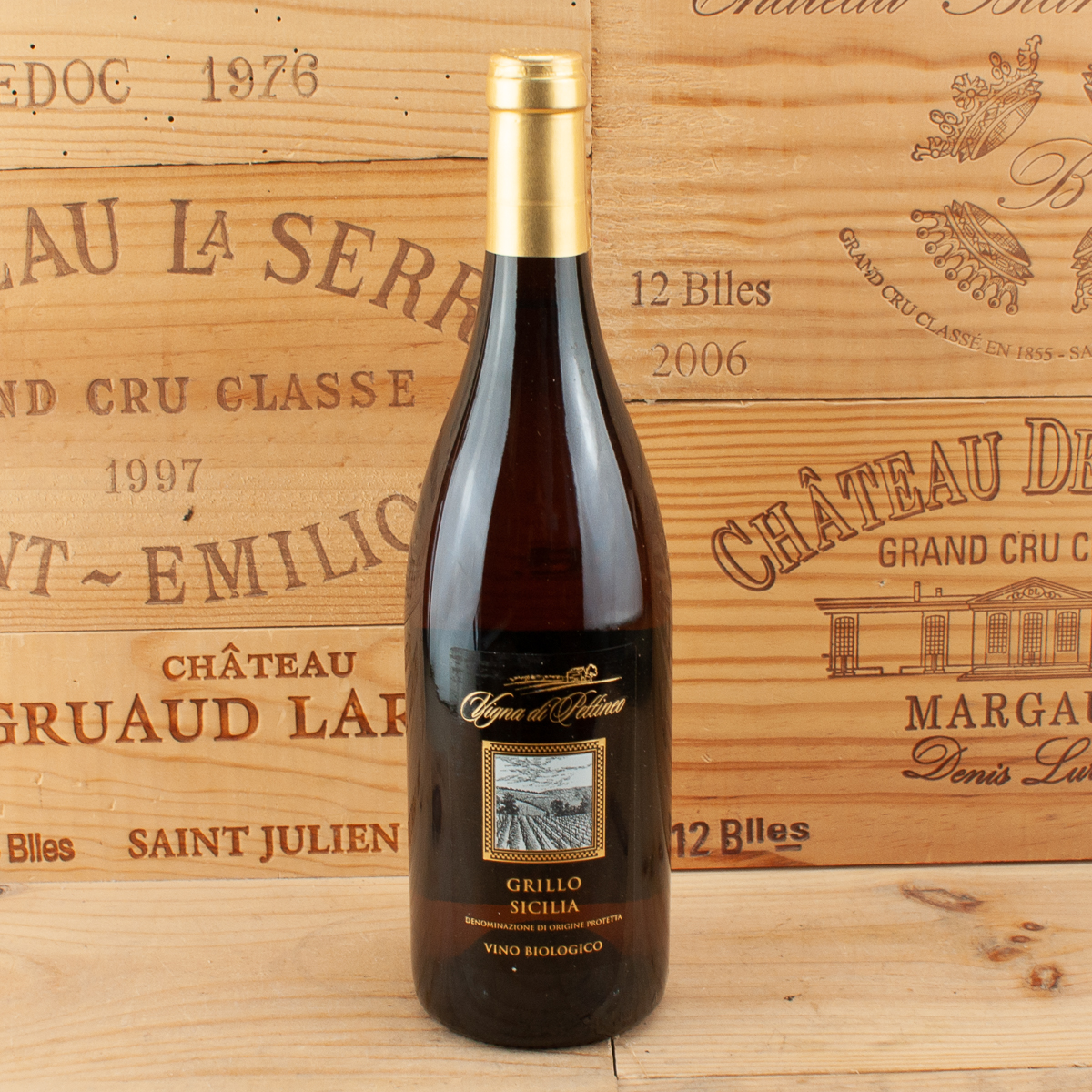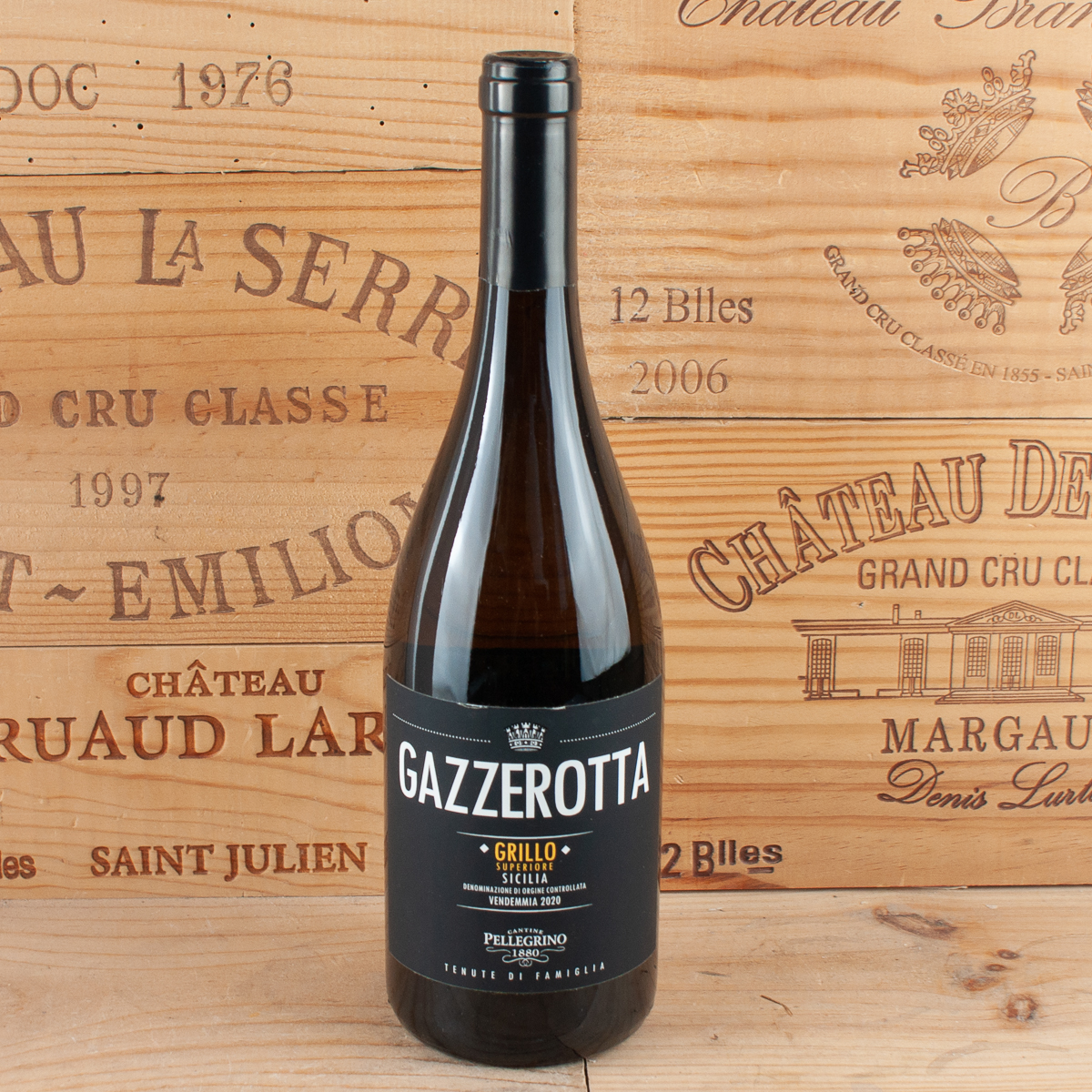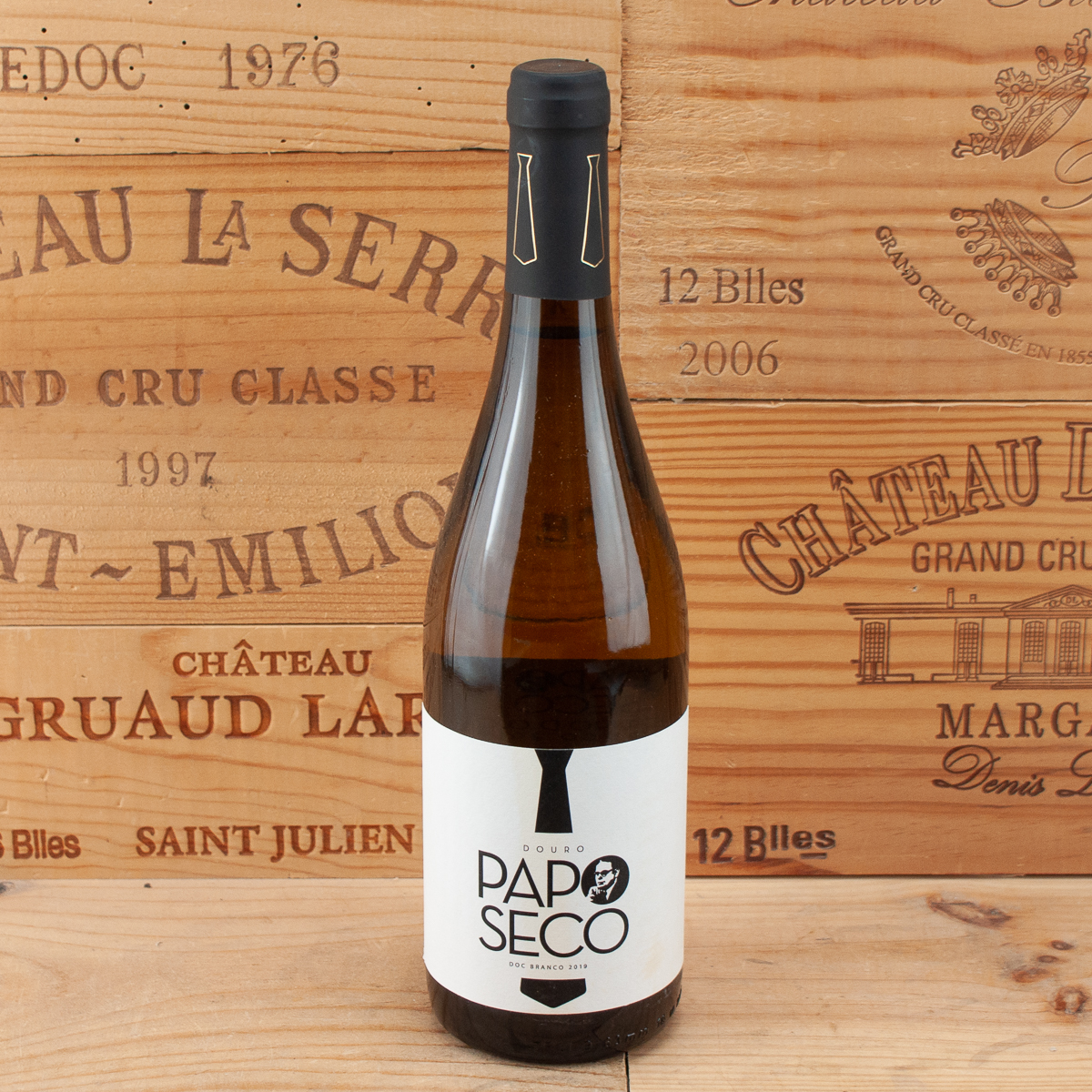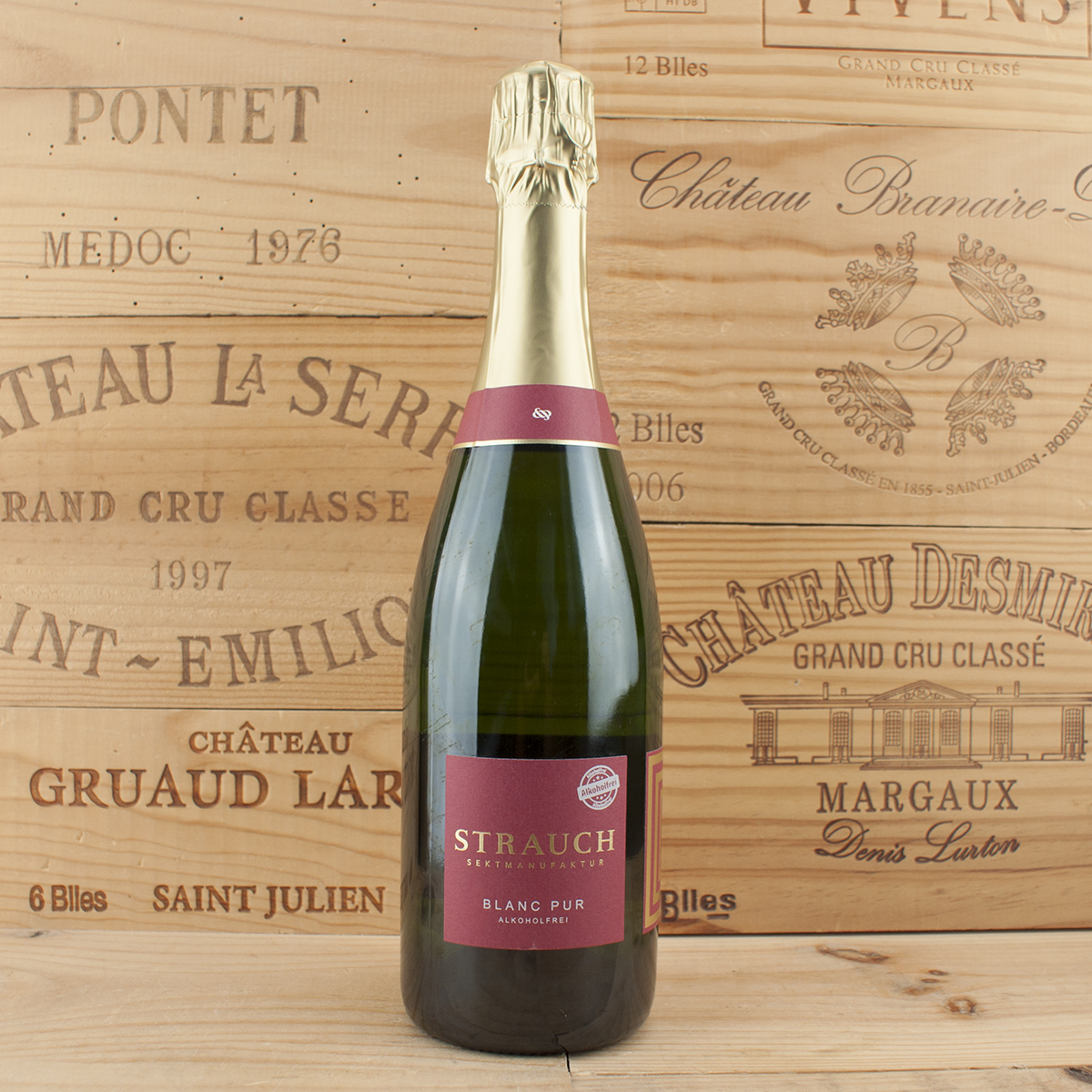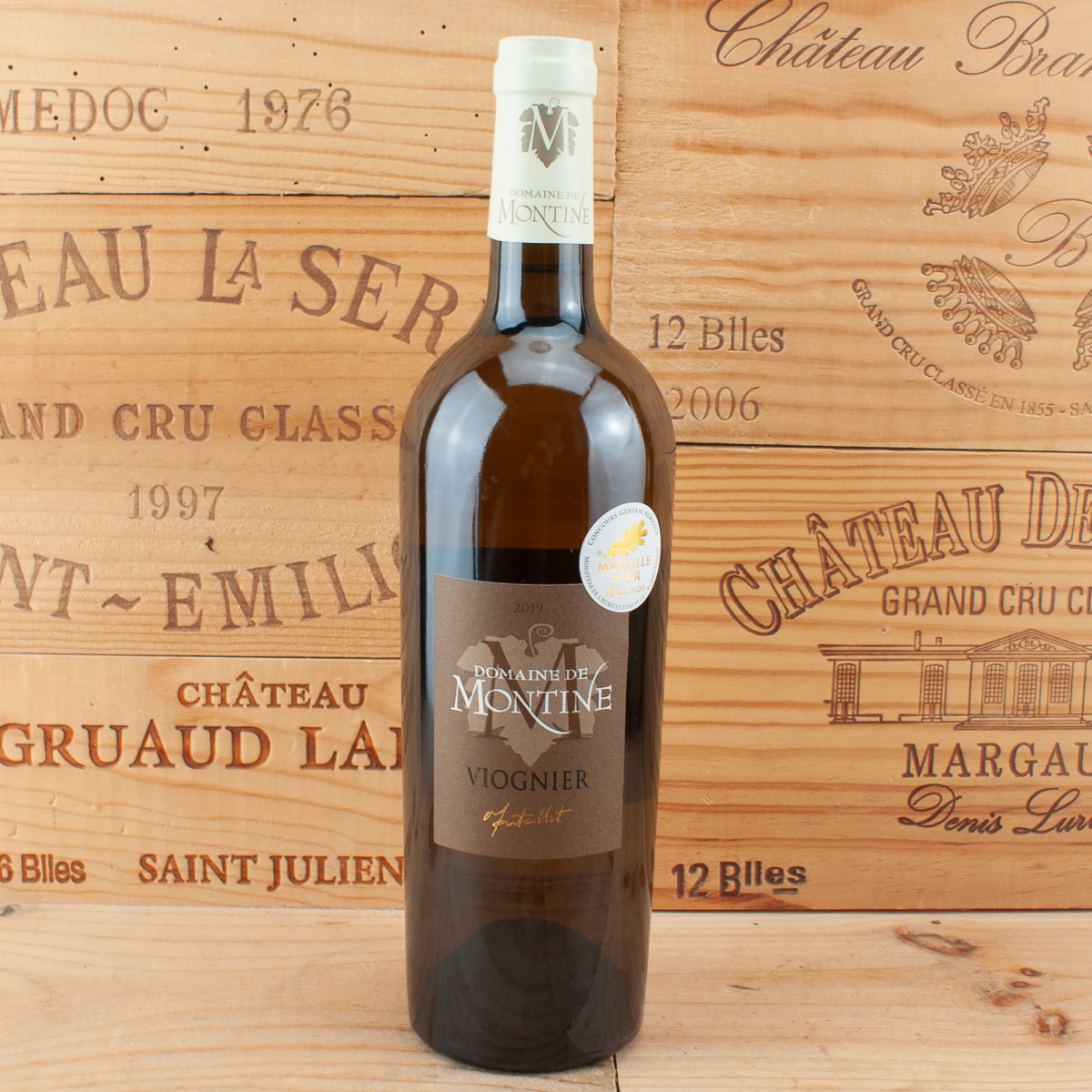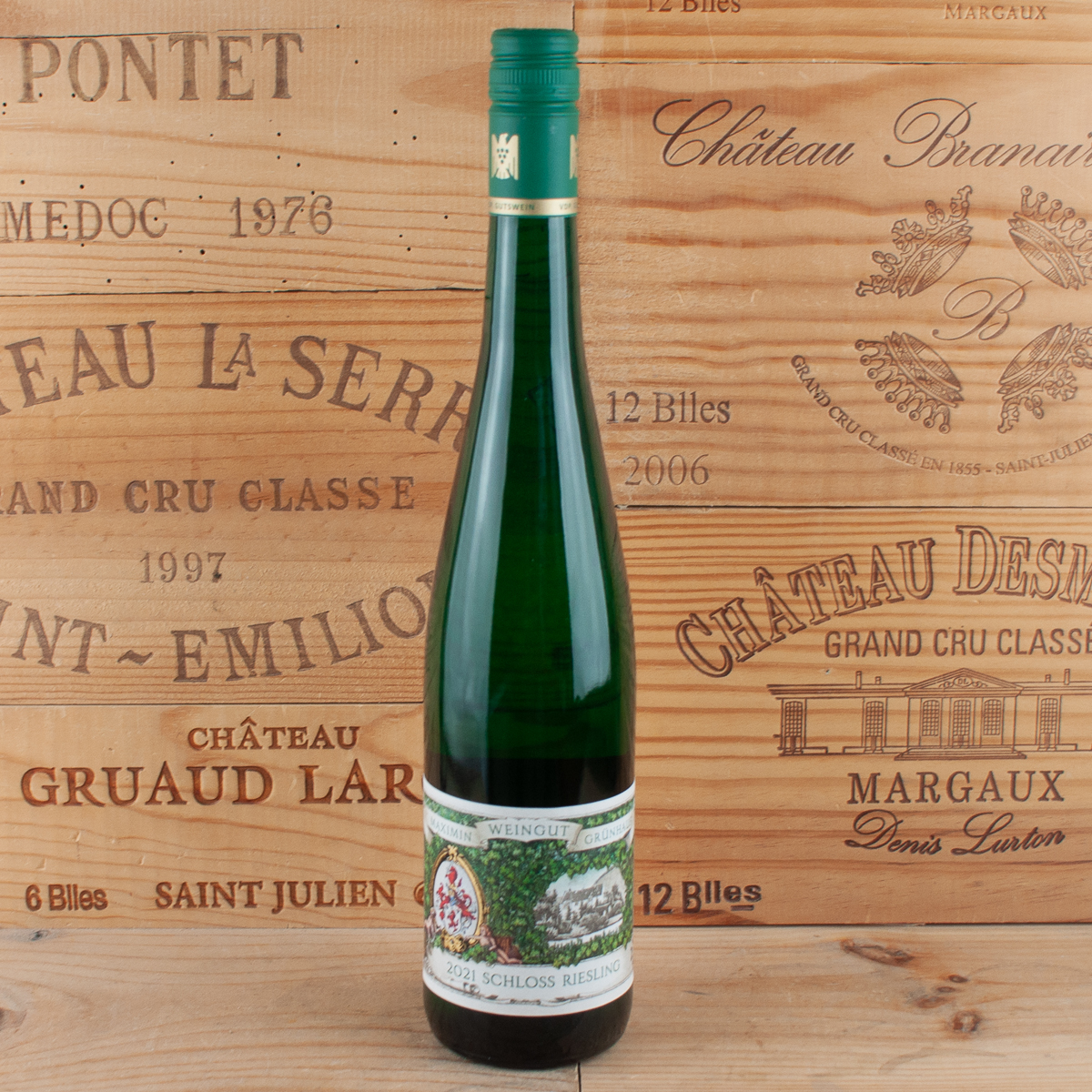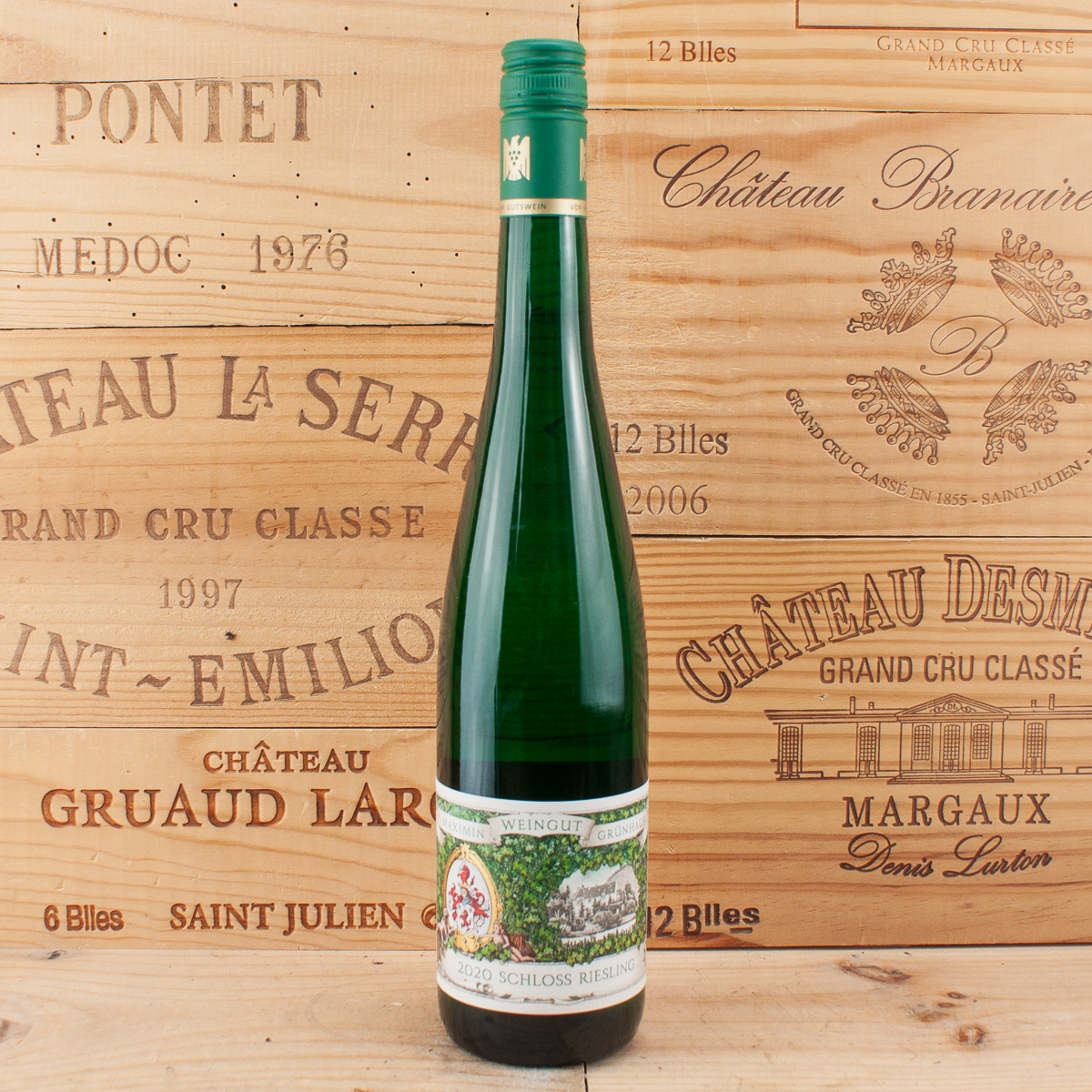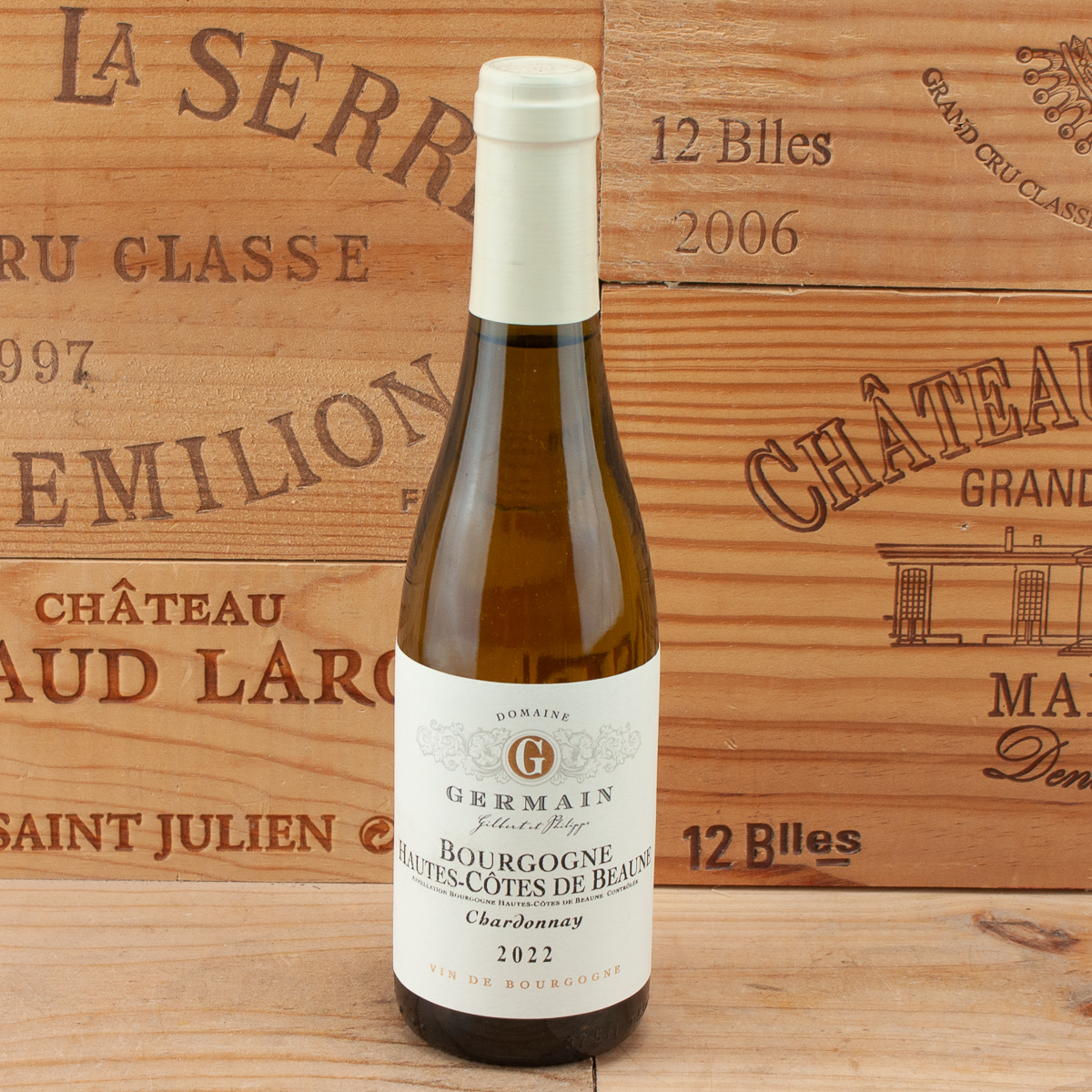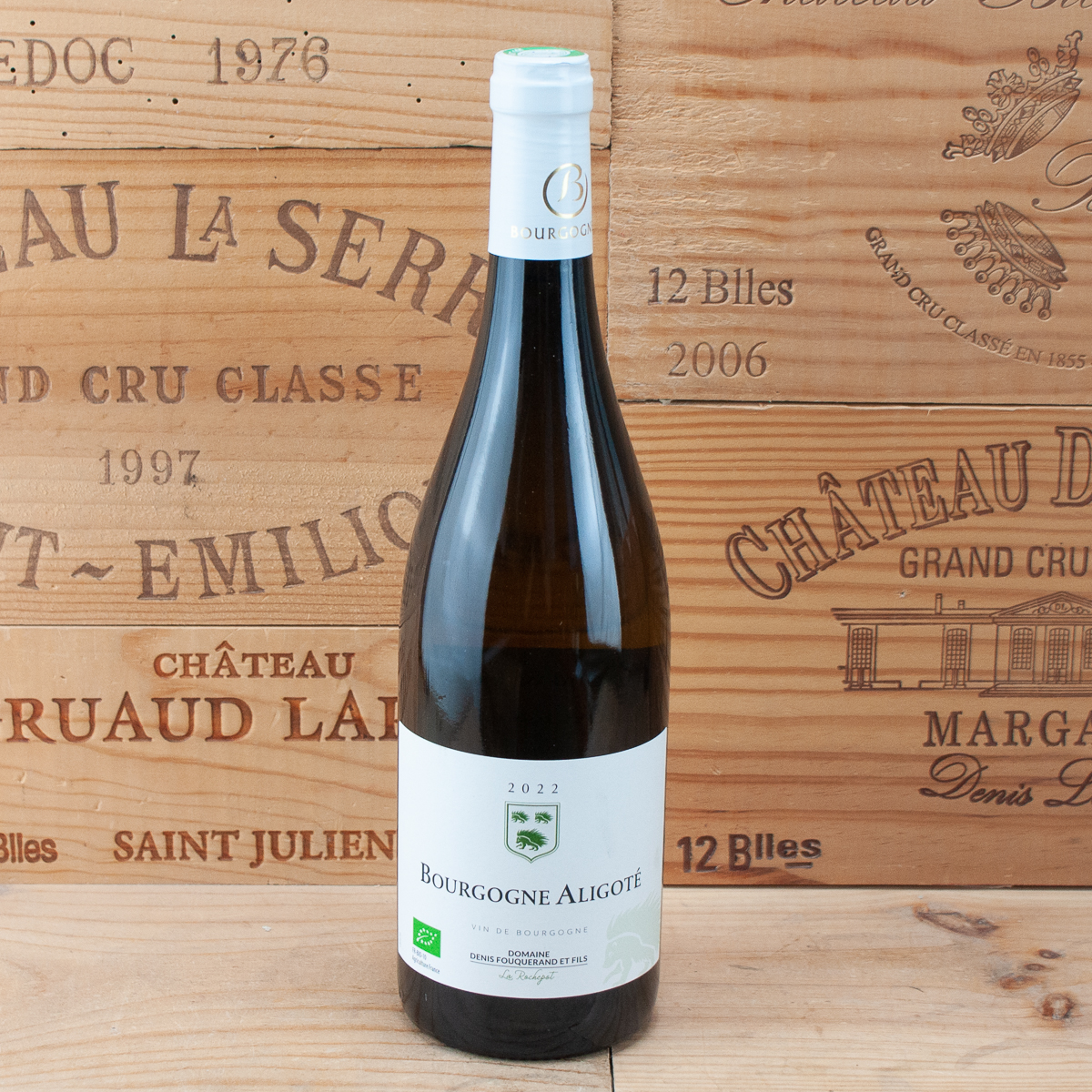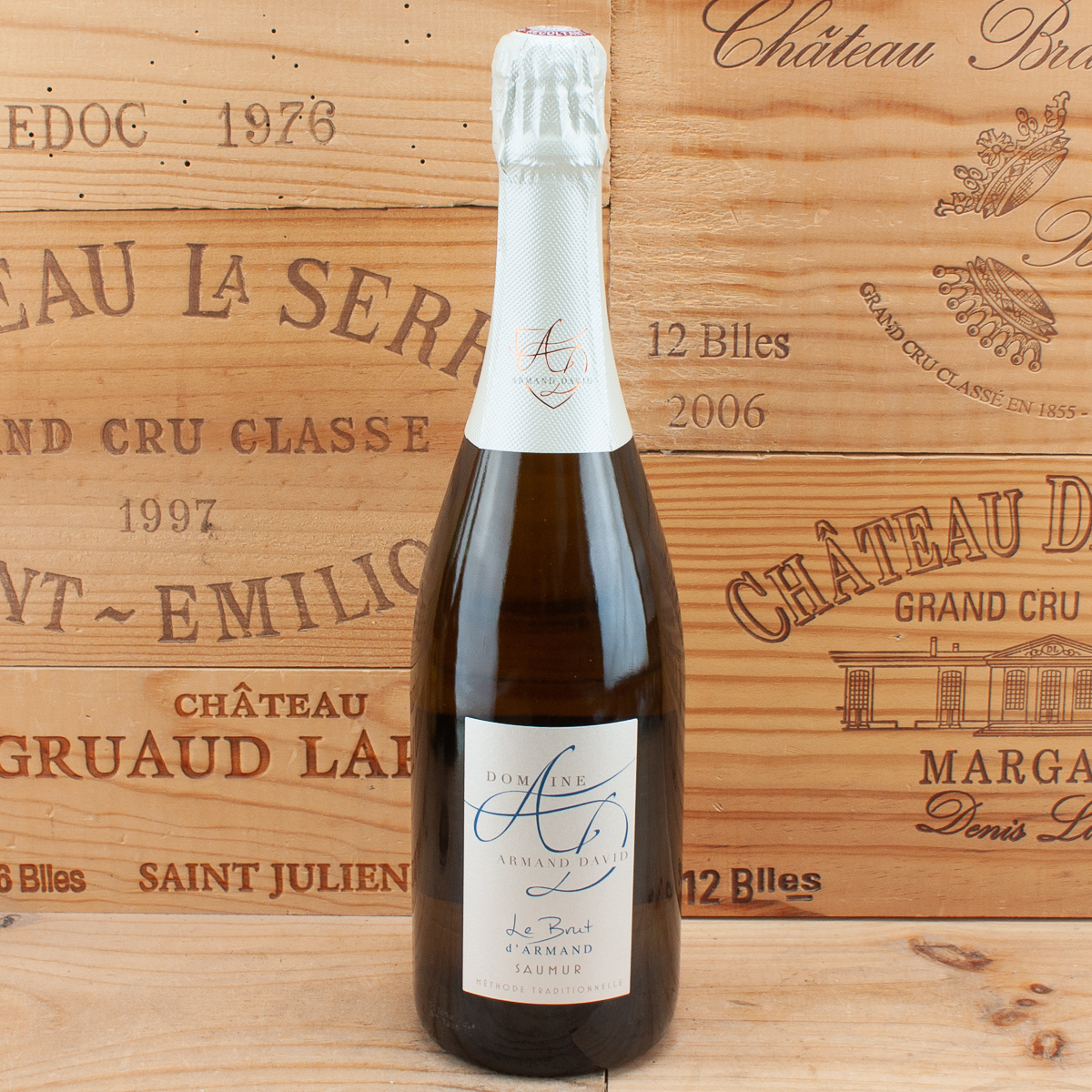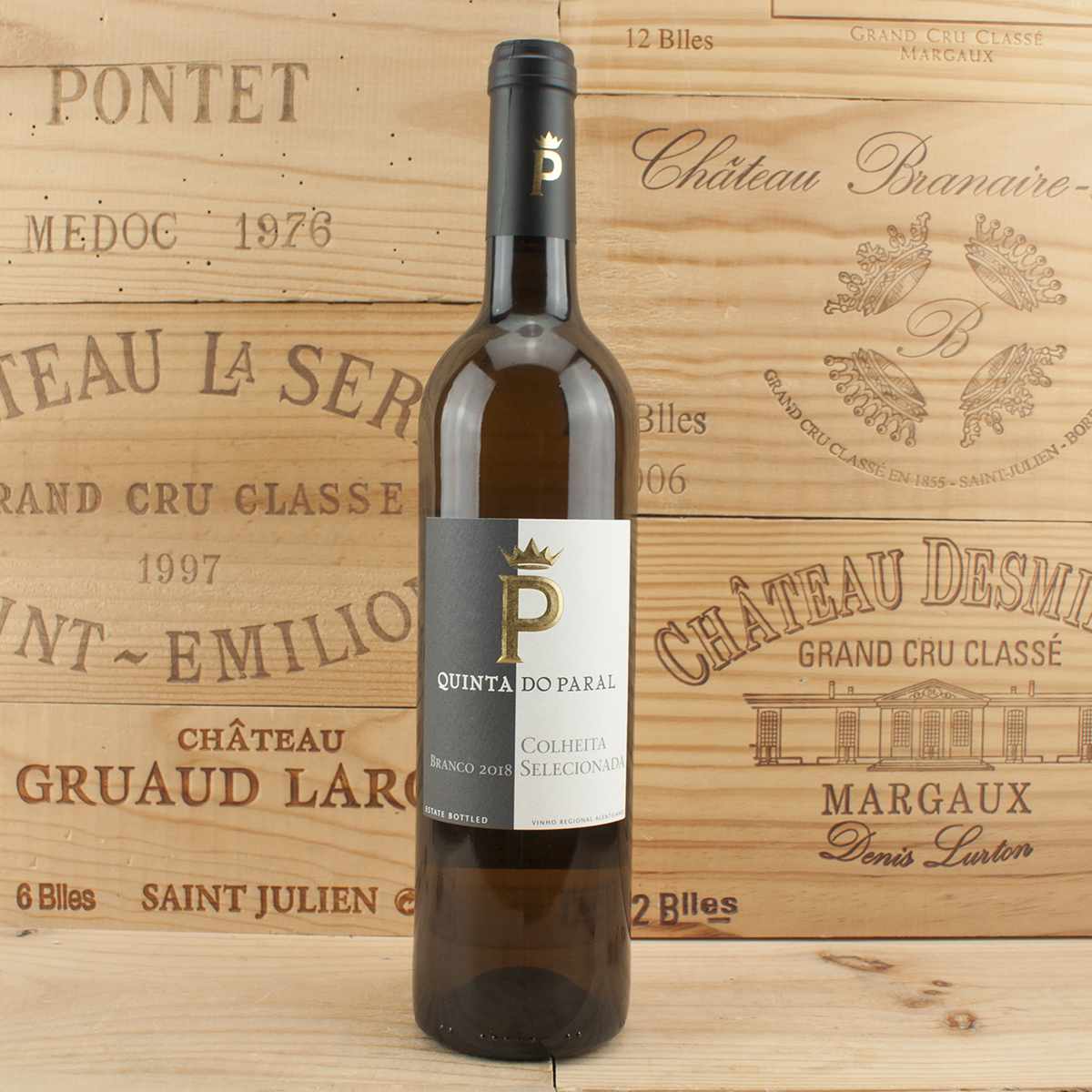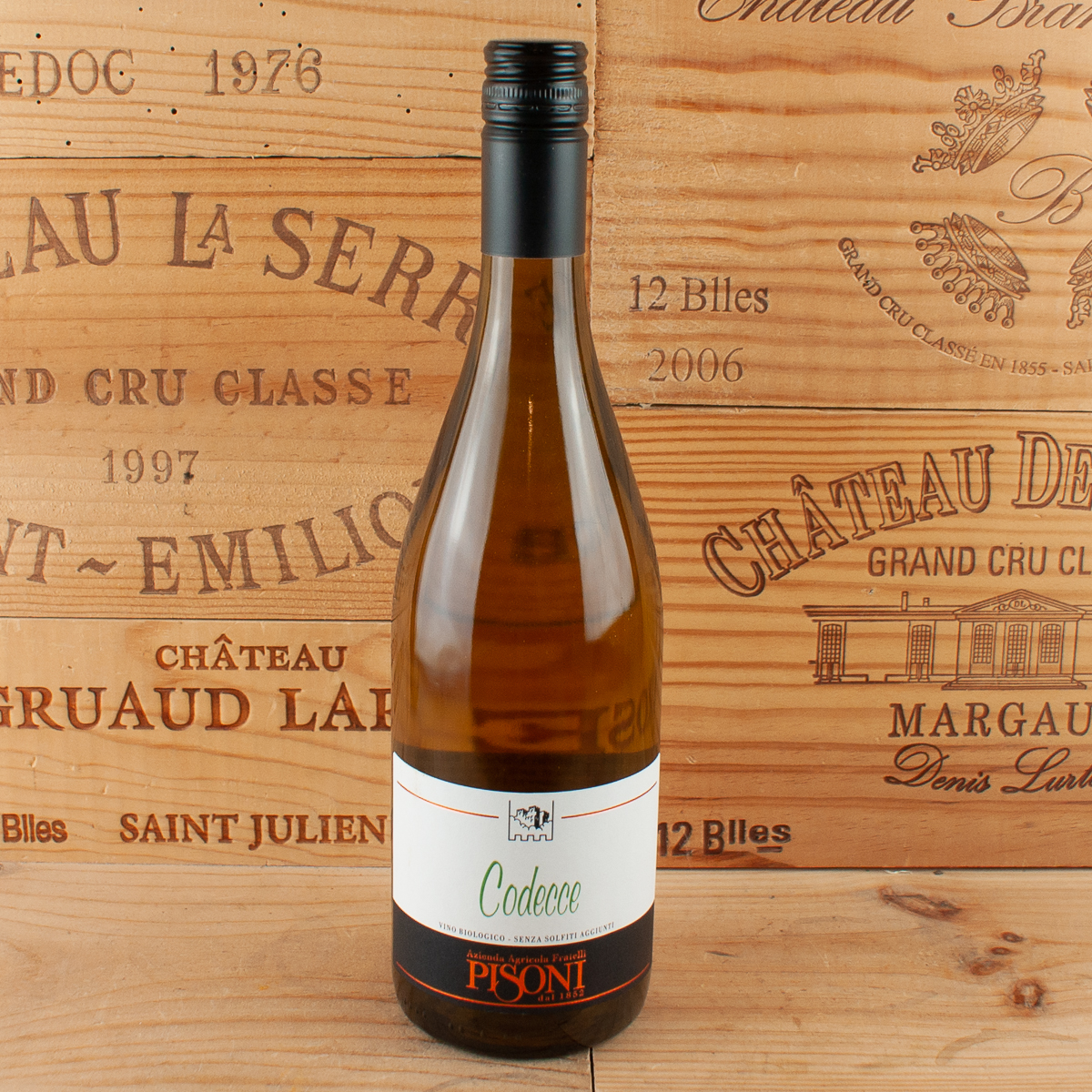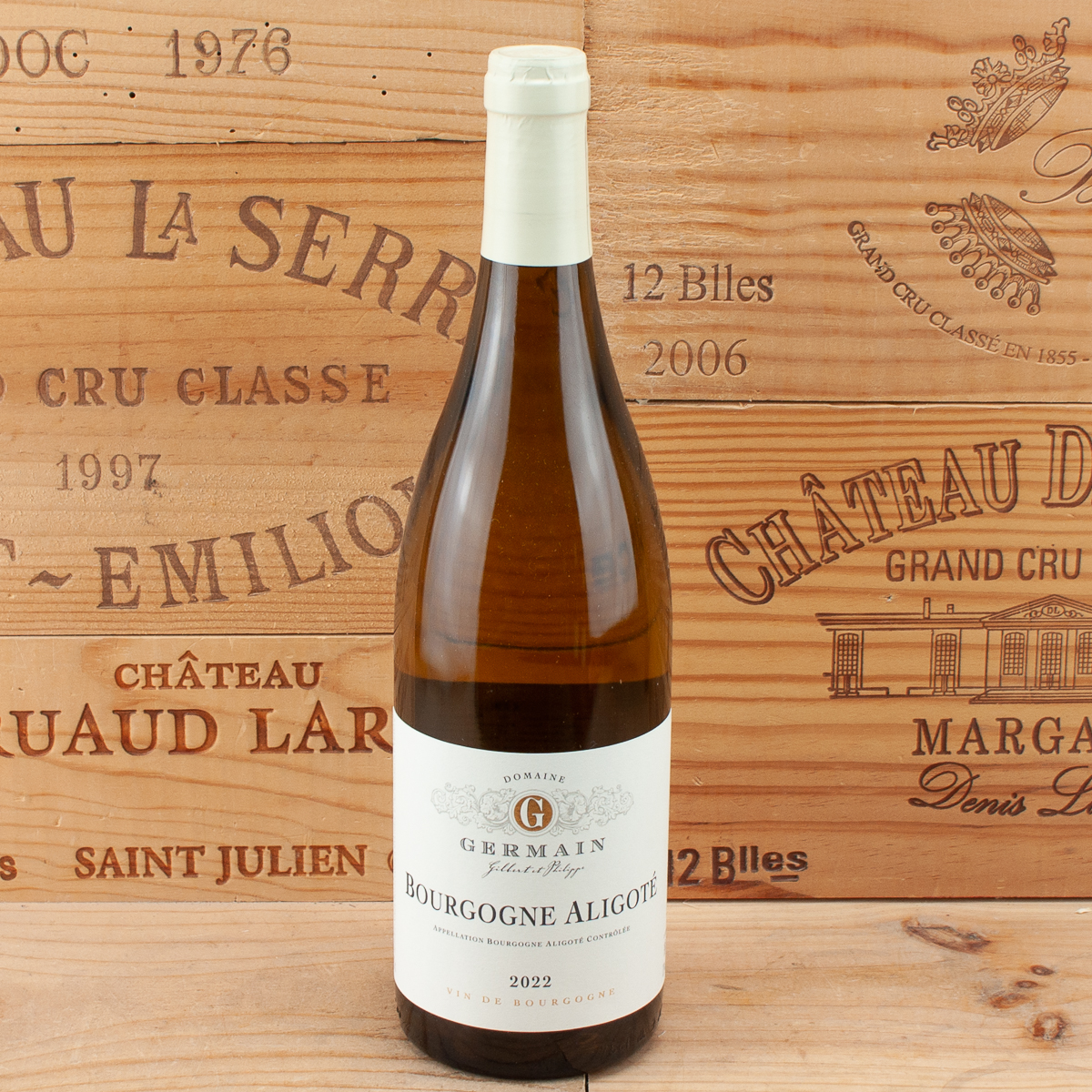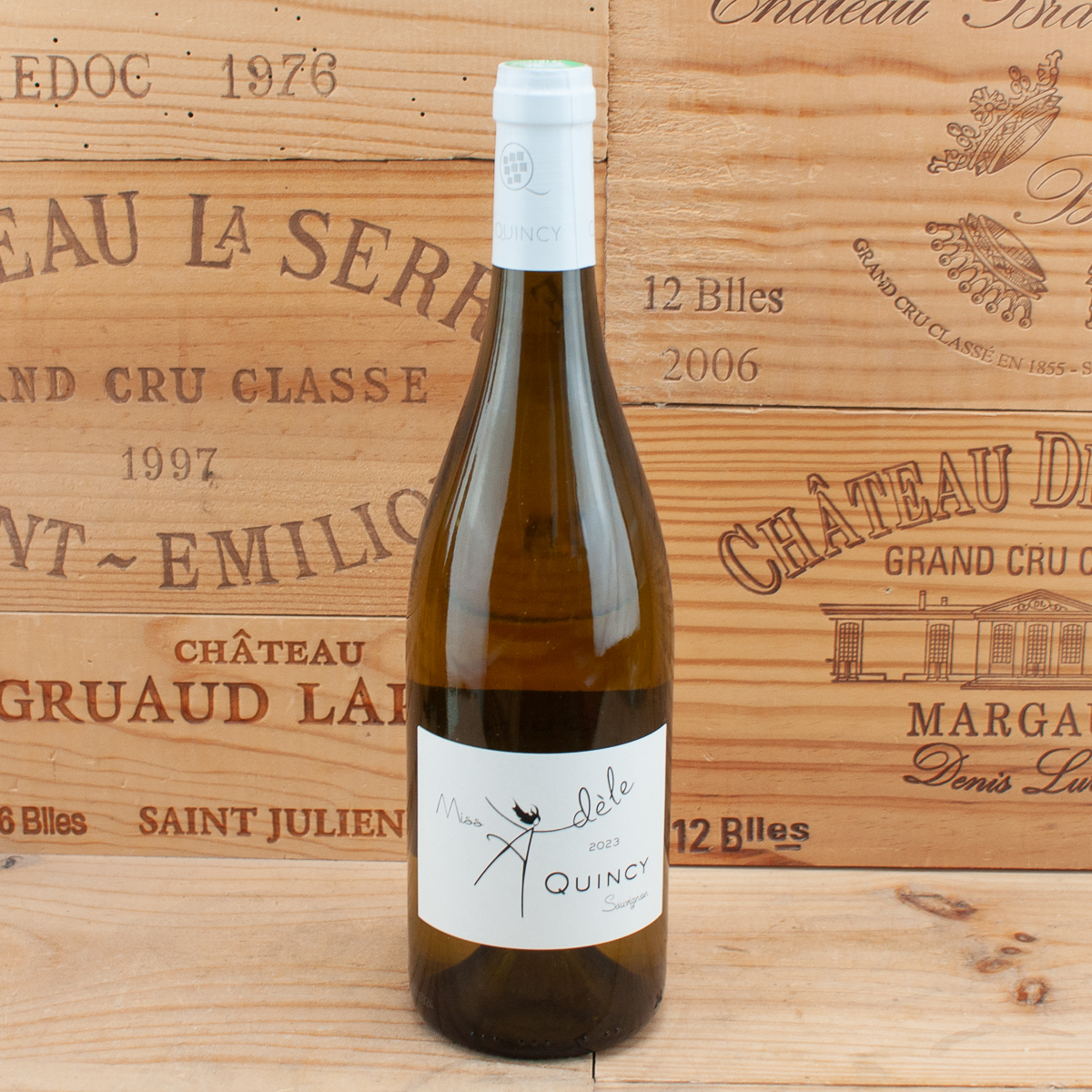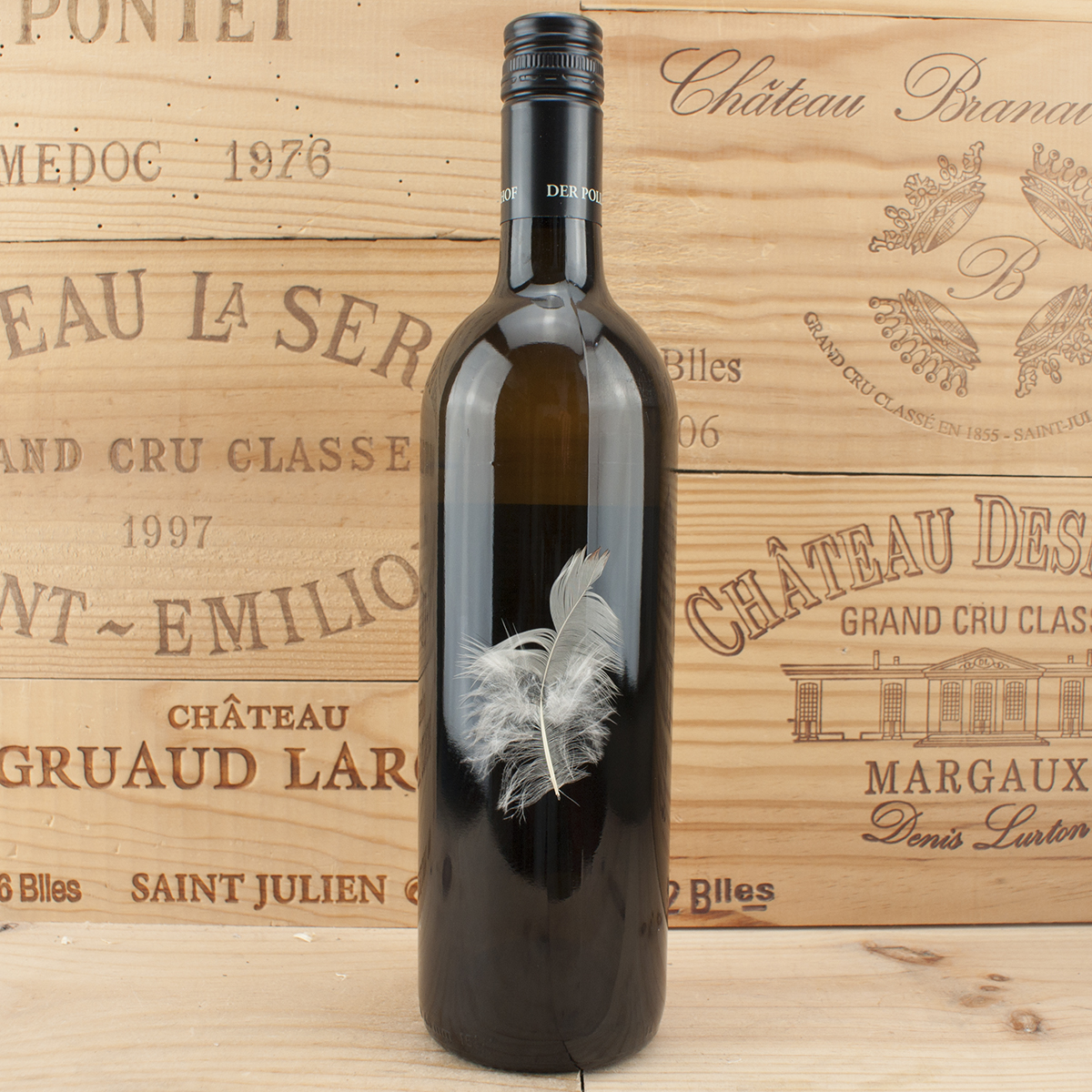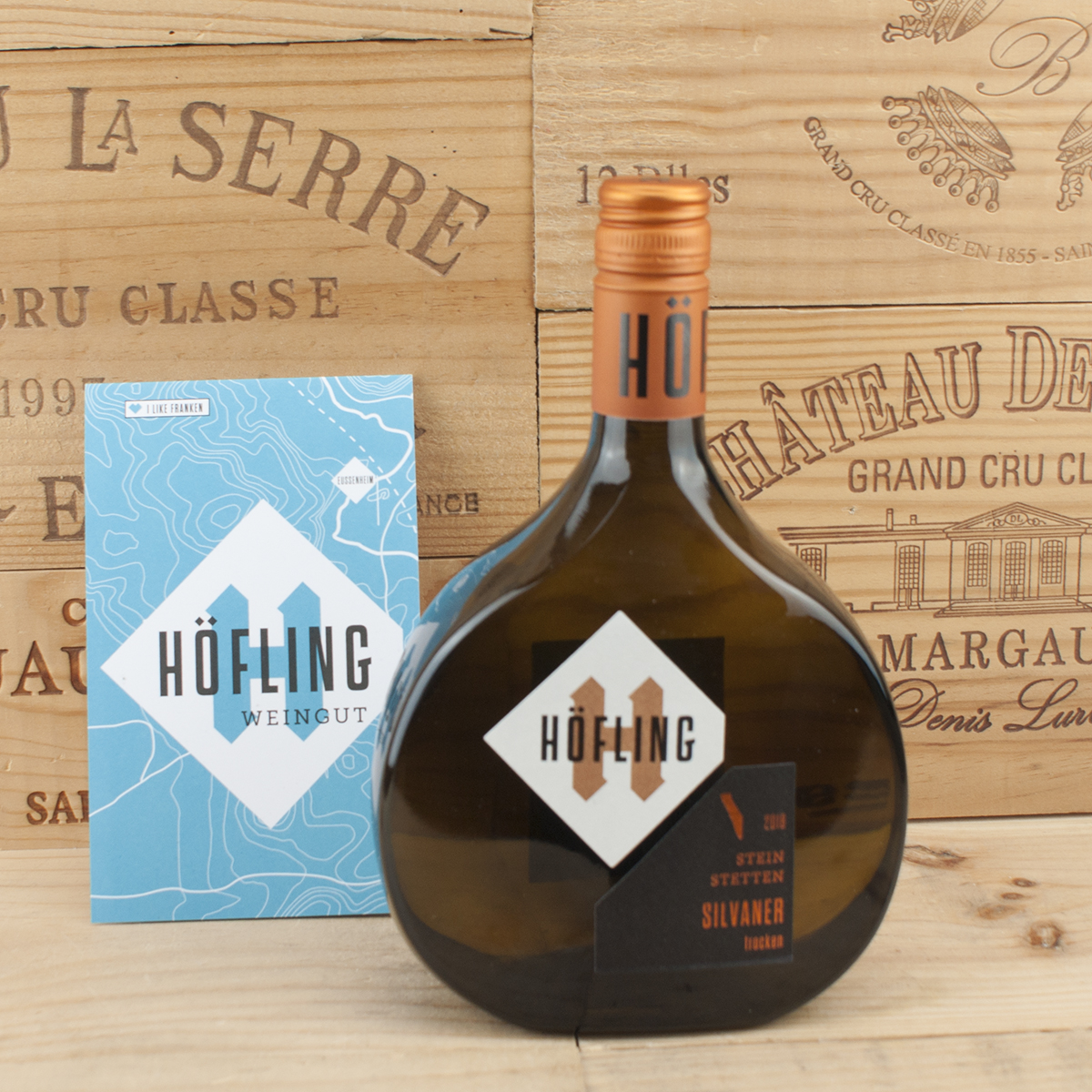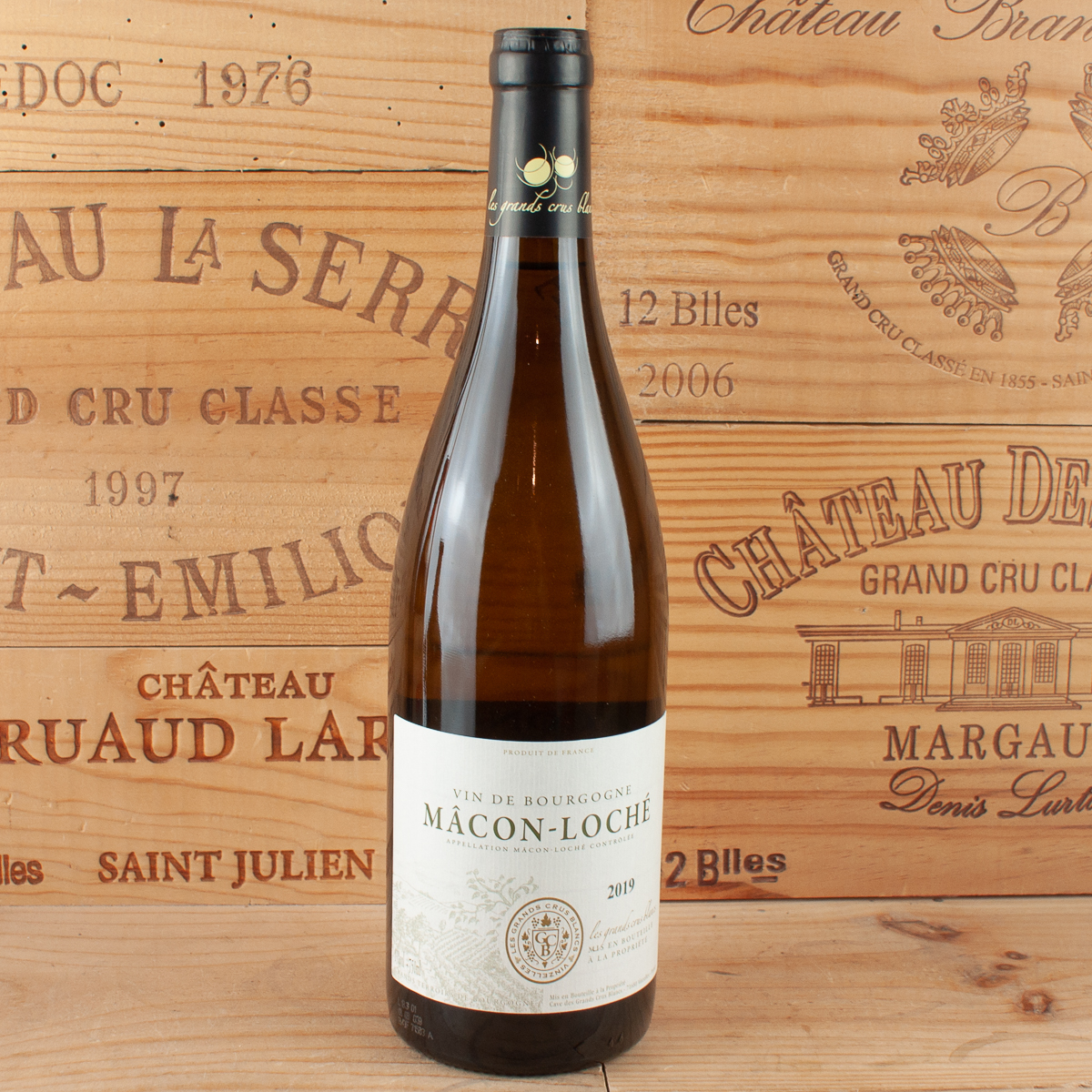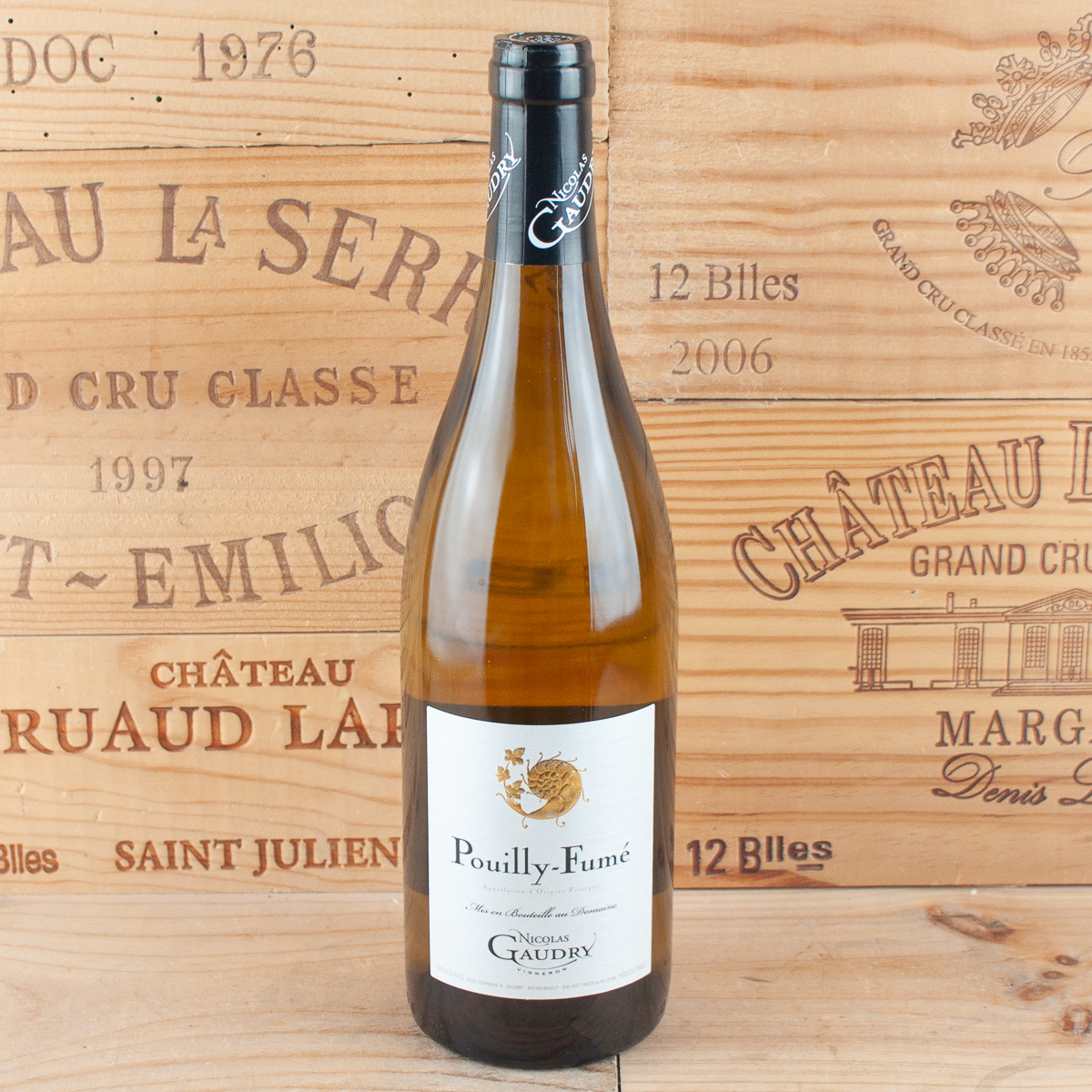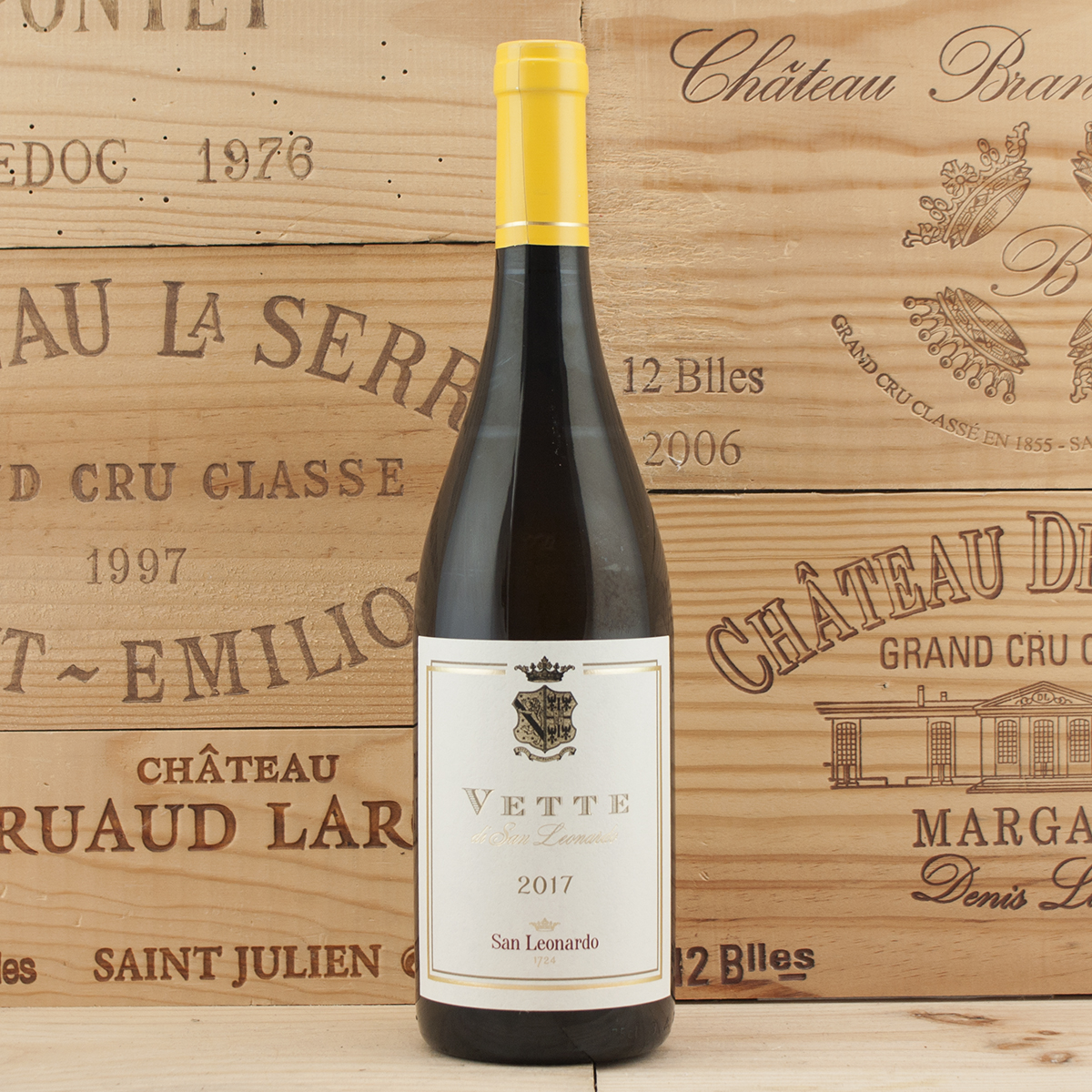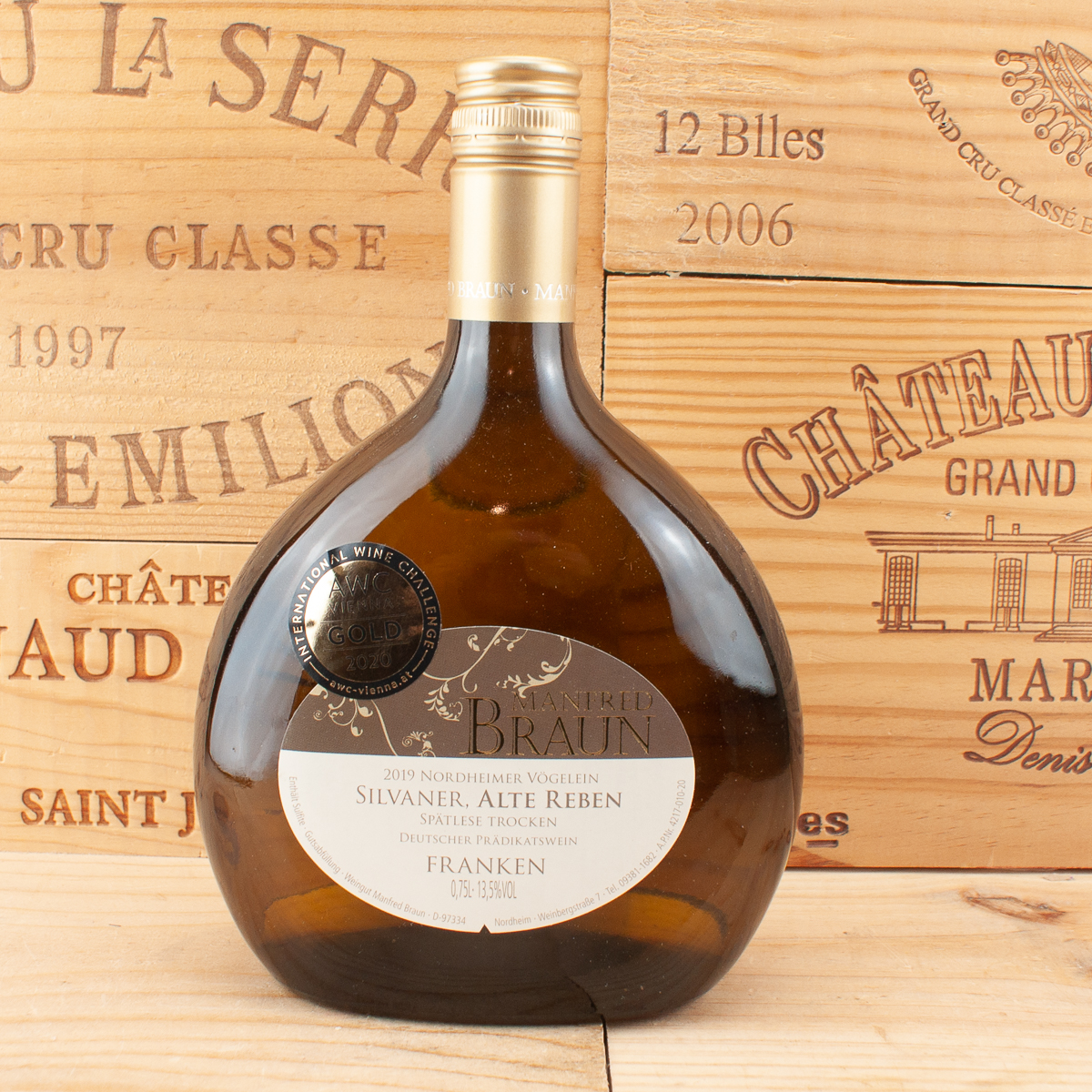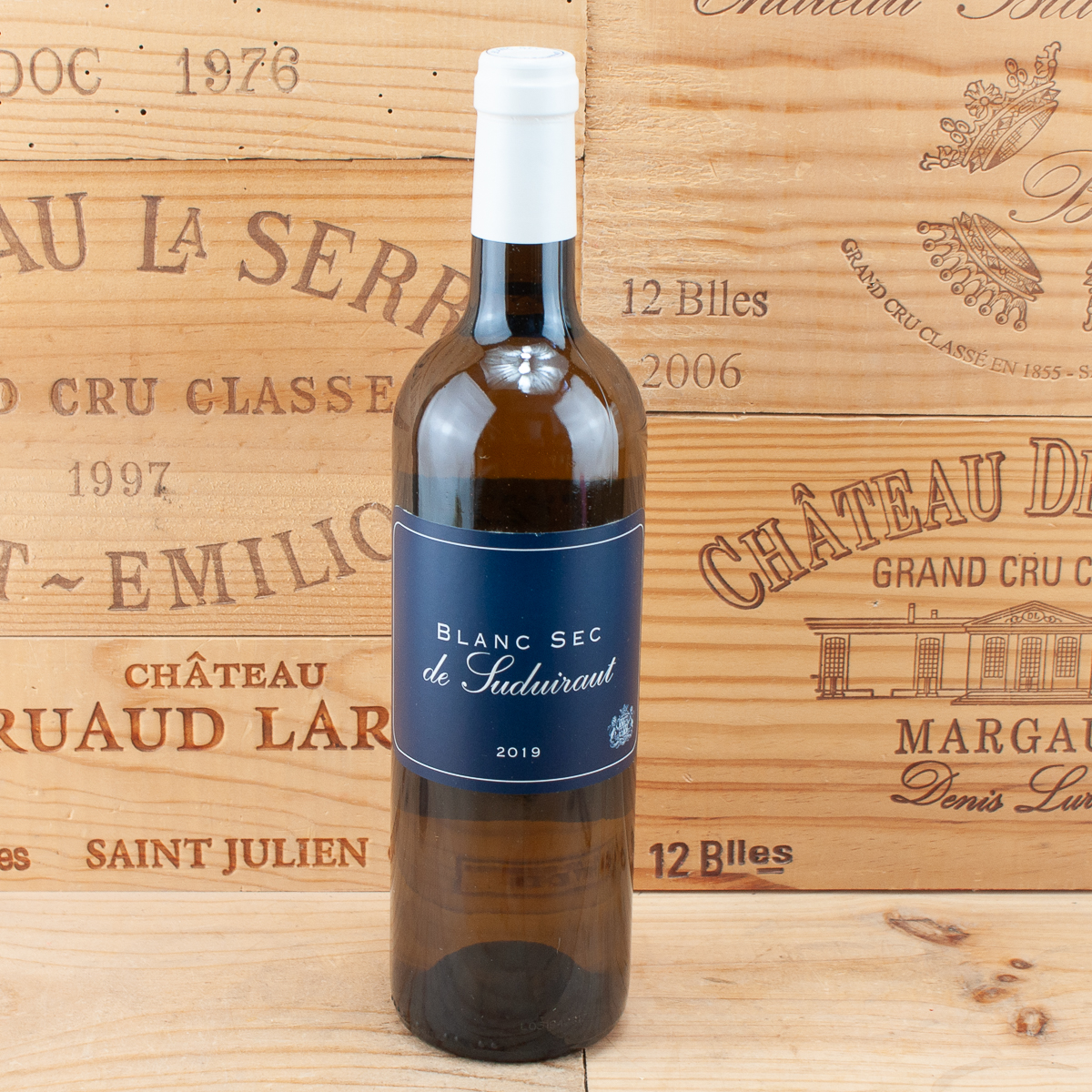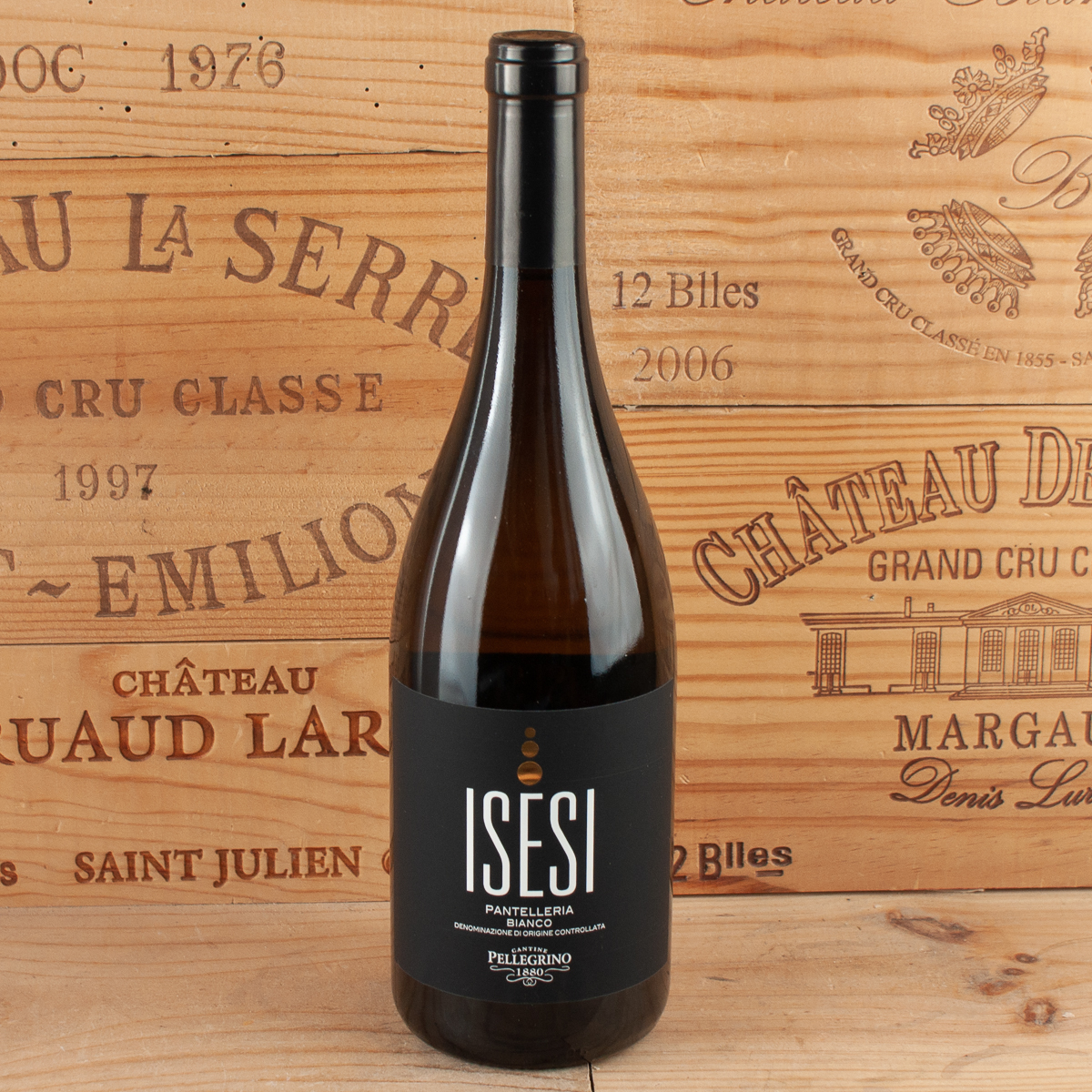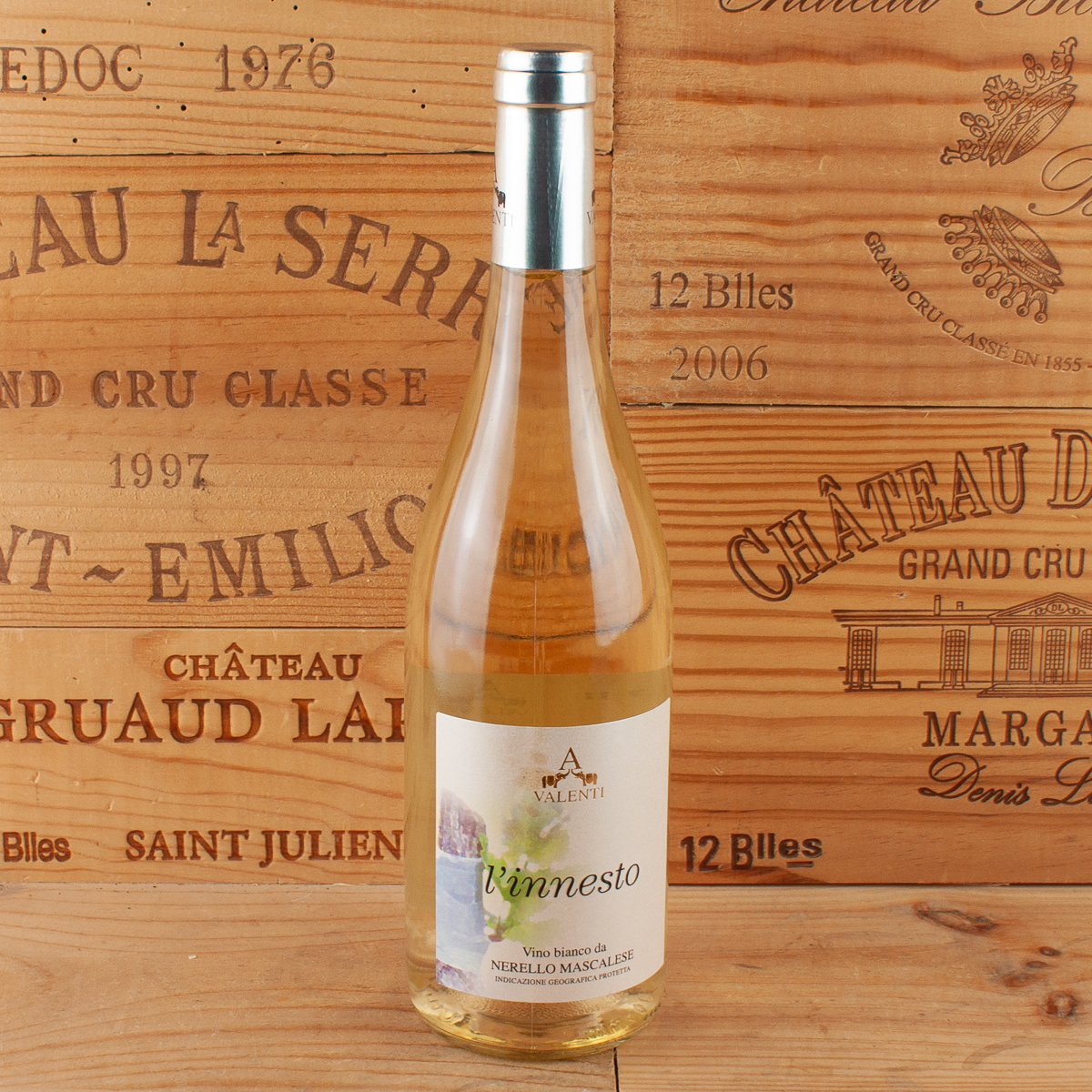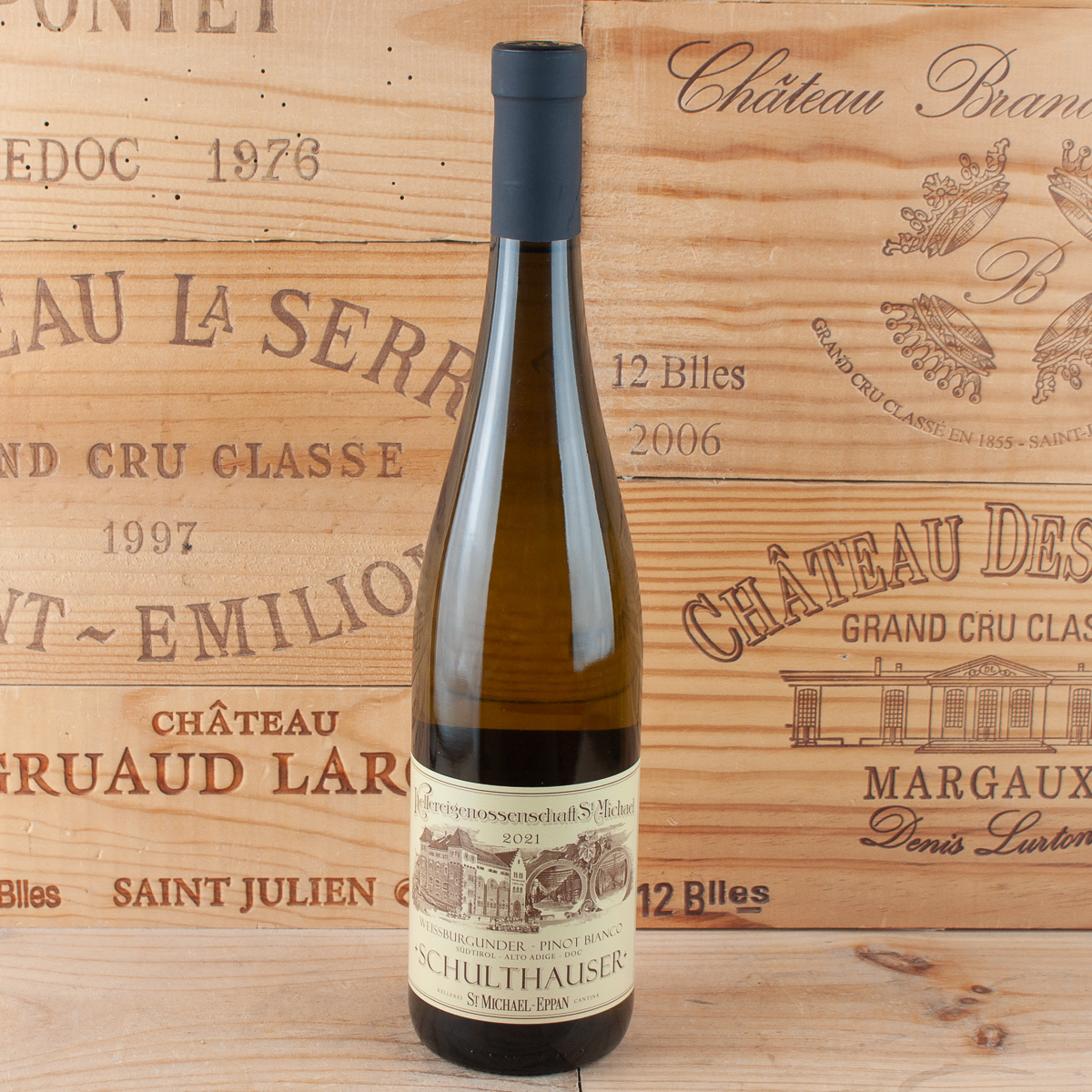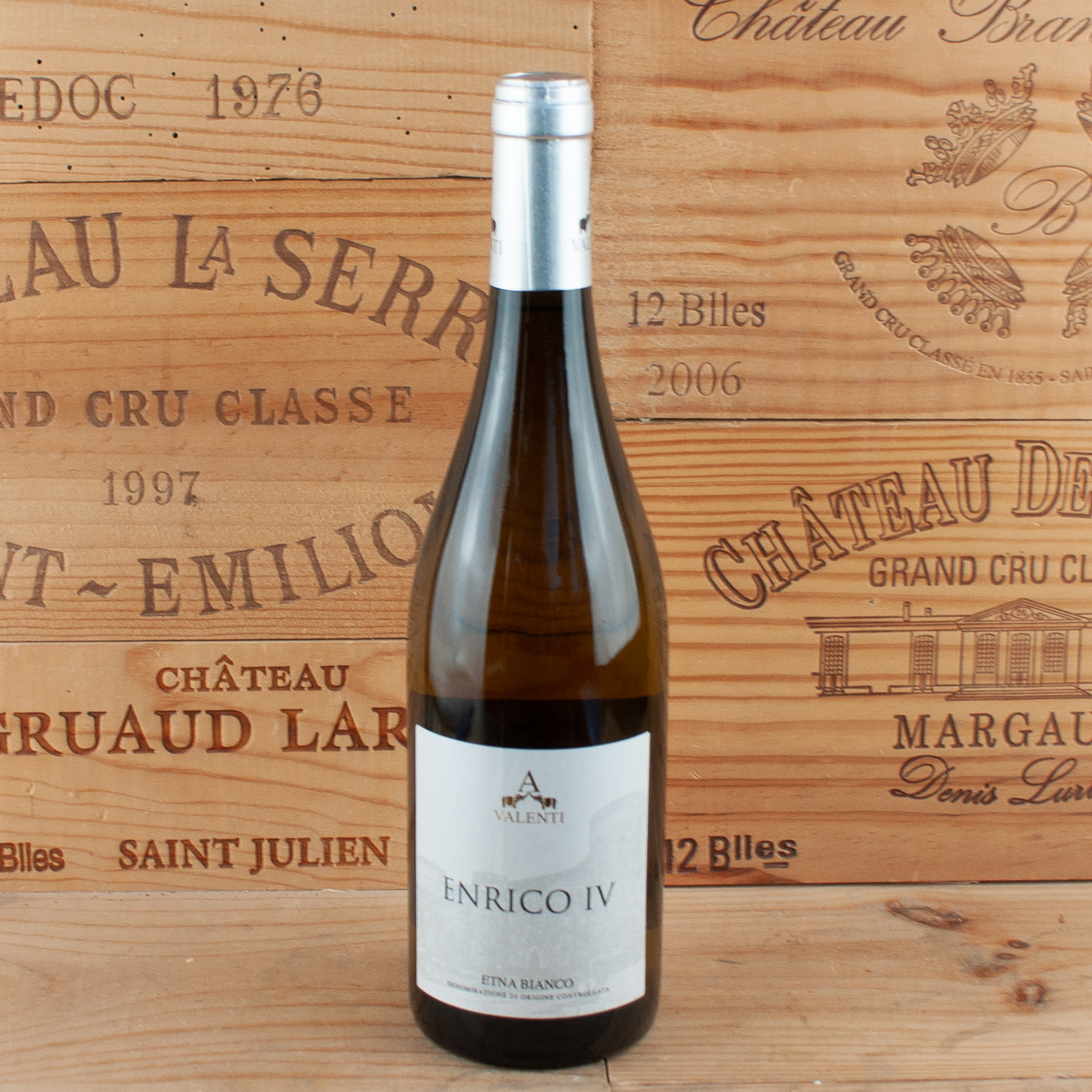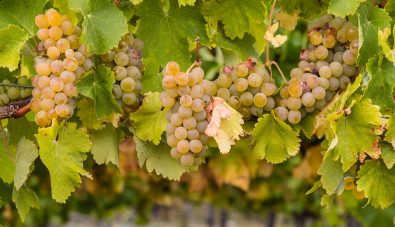
White wines
If the winemaker works with an extremely long maceration time and presses the grape must like a red wine, the so-called orange wines are obtained. ...
It is worth getting to know the original, classic grape varieties from their original region of origin and tasting the high-quality wines - i.e. Chardonnay from Burgundy, Sauvinon Blanc from Sancerre from the Loire, Riesling from the Moselle, Arneis from Piemonte etc etc...
- 1940
- 1941
- 1942
- 1943
- 1944
- 1945
- 1946
- 1947
- 1948
- 1949
- 1950
- 1951
- 1952
- 1953
- 1954
- 1955
- 1956
- 1957
- 1958
- 1959
- 1960
- 1961
- 1962
- 1963
- 1964
- 1965
- 1966
- 1967
- 1968
- 1969
- 1970
- 1971
- 1972
- 1973
- 1974
- 1975
- 1976
- 1977
- 1978
- 1979
- 1980
- 1981
- 1982
- 1983
- 1984
- 1985
- 1986
- 1987
- 1988
- 1989
- 1990
- 1991
- 1992
- 1993
- 1994
- 1995
- 1996
- 1997
- 1998
- 1999
- 2000
- 2001
- 2002
- 2003
- 2004
- 2005
- 2006
- 2007
- 2008
- 2009
- 2010
- 2011
- 2012
- 2013
- 2014
- 2015
- 2016
- 2017
- 2018
- 2019
- 2020
- 2021
- 2022
- 2023
Classic Vermentino with aromas of citrus and yellow peaches and floral notes and sage.
The year 2022 was marked by a lack of rain: from winter to early spring only 170 mm of precipitation was recorded. In May, Banfi experienced drought and above-average temperatures. Then came scorching hot days in June, July and mid-August. This resulted in an early harvest of white grape varieties. Vermentino is a late ripening grape variety and well suited to such climatic conditions. The harvest began on September 5th. Thanks to the high ventilation of the vineyards during the hottest hours of the afternoon, the aromas and especially the acidity were perfectly preserved.
€6.00
Content: 0.375 L
(
€16.00
/ 1 L
)
Quantity: 10
Riesling is one of the noble grape varieties and is capable of producing a variety of extraordinary white wine styles, and is most known for the sweeter-style German wine it produces. Although sweet wines dominate this category, there are some amazingly dry and complex wine is produced in Alsace, Germany and the United States. This grape variety dominates in Germany and the majority of the white wines produced there are made in the sweeter style. There is a classification system in place, which categorizes wines by their sweetness. From driest to sweetest, they are Kabinett, Spätlese, Auslese, Beerenauslese and Trockenbeerenauslese. These whites range from the semisweet, lighter style to the extremely sweet, lush and dessert wine style. Veit is one of Piesport’s oldest winegrowing families. The vineyard has 7 hectares in and around the famous village of Piesport in the Mosel.
€9.50
Content: 0.75 L
(
€12.67
/ 1 L
)
Quantity: 19
The hilltops of Sancerre vineyards spread through 14 villages. The two grape varieties in Sancerre are the Sauvignon Blanc and the Pinot Noir. They have gained the AOC status in 1936. The red and rosé wines, made from the noble Pinot Noir, followed in 1959 when they were awarded the AOC accreditation.
The white wines, lively and full of fruit; proposes citrus, white flowers and mineral aromas. The fresh attack gives way to a rich and round palate typical of these great wines.
In the 12th century, cultivation of vines was given added impetus through the combined efforts of the Augustine monks in St-Satur and the ruling counts of Sancerre. At that time Sancerre was famous for its red wine, produced predominantly from the Pinot Noir grape, and exported from the region along the Loire. This wine is often mentioned in accounts of life at the royal court. The famous wine of Sancerre was, in the opinion of Duke Jean de Berry, indeed the finest wine to be found in the entire kingdom.
€9.50
Content: 0.375 L
(
€25.33
/ 1 L
)
Quantity: 25
Classic Muscadet from a small, very well-run winery. Pierry-Yves Perthuy has already received much recognition for his wines (e.g. 1er Dauphin 2020), but is completely unknown outside France. His Muscadet comes from 15 hectares of vines and gets 6 months of yeast ageing. The grape variety Melon, which is in every Muscadet of the region, originally comes from Burgundy and is related to White Burgundy. It was introduced to the Loire Valley around 1700.
€9.50
Content: 0.75 L
(
€12.67
/ 1 L
)
Quantity: 13
Powerfull Riesling
The Cave de Ribeauvillé is the oldest wine cooperative in France. This association of winegrowers from Alsace has existed since 1895. At the same time, the vineyard around the town of Ribeauville is referred to under this name - a total of 235 hectares of vineyards with at least 8 Grand Cru sites.
With the 2020 Riesling d'Alsace Cave de Ribeauvillé comes a personal present meant for a person who is very special to you.
We deliver the
2020 Riesling d'Alsace Cave de Ribeauvillé
with the following guaranties and wine documents.
- The wine is in excellent conditions and has to be drank and savored.
- We guarantee the authenticity of the wine and its professional storage.
- It is a high-quality, dry, long aging and, most of all, it is a renowned white wine.
- You receive the authenticity guarantee and the wine portrait as a certificate.
- In addition to that: our own advice regarding storage, plus a recommendation on how to savor and open the wine.
€9.80
Content: 0.75 L
(
€13.07
/ 1 L
)
Quantity: 2
Classic Vermentino with aromas of citrus and yellow peaches and floral notes and sage.
The year 2022 was marked by a lack of rain: from winter to early spring only 170 mm of precipitation was recorded. In May, Banfi experienced drought and above-average temperatures. Then came scorching hot days in June, July and mid-August. This resulted in an early harvest of white grape varieties. Vermentino is a late ripening grape variety and well suited to such climatic conditions. The harvest began on September 5th. Thanks to the high ventilation of the vineyards during the hottest hours of the afternoon, the aromas and especially the acidity were perfectly preserved.
€10.00
Content: 0.75 L
(
€13.33
/ 1 L
)
Quantity: 23
German most famous and oldest viticulture is the „Steilhange“, steep slopes along the Mosella river. No wonder that Weingut Milz can praise such a long winemaking tradition and history. Since 1520, the Milz family has been known as great winemakers in Trittenheim, a wine village in the well-known Moselschleife. Parts of the original 1680 wine cellar are today still visible. Milz’s wines are quite classic Riesling from the Mosel, since they present the ideal alcohol level, delicatesugar residue and an extremely long finish. In 1900, these wines used to be the most expensive in any European restaurant’s menu, even more high-priced than the best Burgundies and Bordeaux wines.
€10.00
Content: 0.75 L
(
€13.33
/ 1 L
)
Quantity: 7
Multiple award-winning pure Chenin Blanc - typical notes of acacia honey, some lime.
€10.00
Content: 0.75 L
(
€13.33
/ 1 L
)
Quantity: 20
Müller-Thurgau ist eine Kreuzung von Riesling und Silvaner und heißt daher oft auch Rivaner oder Rislaner. Gut gemacht, ist er ein ernstzunehmender Weisswein mit feinem Muskatduft.
Das Weingut von Manfred Braun hat seine Rebflächen in Nordheim in der Mainschleife und liefert sehr gute, stets verläßliche Qualität, die einfach Freude macht.
€10.00
Content: 0.75 L
(
€13.33
/ 1 L
)
Quantity: 7
The classical dry white wine comes from the appellation Graves. Graves (from French: gravelly land) is an important subregion of the Bordeaux wine region. Graves is situated on the left bank of the Garonne river, in the upstream part of the region, southeast of the city Bordeaux. The name Graves derives from ist intensely gravelly soil. The soil is the result of glaciers from the Ice Age, which also left white quartz deposits that can still be found in the soil of some of the top winemaking estates.
€10.00
Content: 0.75 L
(
€13.33
/ 1 L
)
Quantity: 2
German most famous and oldest viticulture is the „Steilhange“, steep slopes along the Mosella river. No wonder that Weingut Milz can praise such a long winemaking tradition and history. Since 1520, the Milz family has been known as great winemakers in Trittenheim, a wine village in the well-known Moselschleife. Parts of the original 1680 wine cellar are today still visible. Milz’s wines are quite classic Riesling from the Mosel, since they present the ideal alcohol level, delicatesugar residue and an extremely long finish. In 1900, these wines used to be the most expensive in any European restaurant’s menu, even more high-priced than the best Burgundies and Bordeaux wines.
With the 2020 Riesling 180° feinherb Josef Milz comes a personal present meant for a person who is very special to you.
We deliver the 2020 Riesling 180° feinherb Josef Milz with the following guaranties and wine documents.
- The wine is in excellent conditions and has to be drank and savored.
- We guarantee the authenticity of the wine and its professional storage.
- It is a high-quality, long aging and, most of all, it is a renowned wine.
- You receive the authenticity guarantee and the wine portrait as a certificate.
- In addition to that: our own advice regarding storage, plus a recommendation on how to savor and open the wine.
€10.50
Content: 0.75 L
(
€14.00
/ 1 L
)
Quantity: 12
Typical of the wines from Ress are the often lush aromas of exotic fruits. Winery Balthasar Ress has a rich history, which began in 1870. Today, the family company is one of the largest in the Rheingau. Balthasar Ress vineyard area is 32 hectares. Basically, the farm is grown varieties Riesling and Spätburgunder. The company's products has been awarded national and international awards, which are better than any words testify to the high quality and great taste of wine Balthasar Ress. Riesling is one of the noble grape varieties and is capable of producing a variety of extraordinary white wine styles, and is most known for the sweeter-style German wine it produces. Although sweet wines dominate this category, there are some amazingly dry and complex wine is produced in Alsace, Germany and the United States. This grape variety dominates in Germany and the majority of the white wines produced there are made in the sweeter style. There is a classification system in place, which categorizes wines by their sweetness. From driest to sweetest, they are Kabinett, Spätlese, Auslese, Beerenauslese and Trockenbeerenauslese. These whites range from the semisweet, lighter style to the extremely sweet, lush and dessert wine style.
€10.50
Content: 0.75 L
(
€14.00
/ 1 L
)
Quantity: 5
Non-alcoholic wine with a classic Sauvignon Blanc bouquet.
€10.50
Content: 0.75 L
(
€14.00
/ 1 L
)
Quantity: 8
The house of Kessler is one of the few sparkling wine producers in Germany that has its historical roots in the Champagne region. With the expertise he gathered as a director and associate of Veuve Cliquot-Ponsardin, Georg Christian von Kessler founded Germany’s oldest sparkling wine producer on the 1st July 1826. The House of Kessler has always stuck to traditional methods, and used the same bottle fermentation technique. All the top sparkling wines are made according to the méthode traditionelle that the company founder, Georg Christian von Kessler, brought from the Champagne region to Germany exactly 190 years ago. Some of the production is still stored in medieval maturation cellars, where they are shaken by hand.
€10.50
Content: 0.375 L
(
€28.00
/ 1 L
)
Quantity: 11
Silvaner is an old variety that once was the most important grape in Germany. It likes average exposure to sunshine and needs moist soil.
€10.50
Content: 0.75 L
(
€14.00
/ 1 L
)
Quantity: 5
Lively, aromatic wine made from Gewürztraminer and Muskateller. With 11 gr. Residual sugar just about semi-dry - demi sec.
Alsace, in north-eastern France, has been producing wine since Roman times. The Vosges Mountains surround the area to the west and the Rhine separates it from Germany to the east. The vineyards of Alsace produce an excellent fresh white wine.
With the 2018 Andante Risacher Vis Vin D'Alsace comes a personal present meant for a person who is very special to you.
We deliver the 2018 Andante Risacher Vis Vin D'Alsace with the following guaranties and wine documents.
- The wine is in excellent conditions and has to be drank and savored.
- We guarantee the authenticity of the wine and its professional storage.
- It is a high-quality, long aging and, most of all, it is a renowned white wine.
- You receive the authenticity guarantee and the wine portrait as a certificate.
- In addition to that: our own advice regarding storage, plus a recommendation on how to savor and open the wine.
€11.00
Content: 0.75 L
(
€14.67
/ 1 L
)
Quantity: 2
Grüner Veltliner is Austria's most important wine and recognizable from its spicy "peppery" flavor. The association with green, white and, due to higher ripeness also black pepper is complimented by a fruit-driven bouquet and crisp acidity.
€11.00
Content: 0.75 L
(
€14.67
/ 1 L
)
Quantity: 12
Arneis is the typical white wine of Piedmont. The grape variety of the same name was already known in the 15th century. It is relatively low in acidity, produces fragrant wines to be drunk young, with fine fruit and at the same time a strong body. Due to its susceptibility to downy mildew, Arneis almost became extinct a few years ago. It has experienced a renaissance since the 1990s.
The DOCG Roero Arneis was finally created in 2005.
The sandy hills of the Roero wine-growing region in Piedmont, across from the Barolo heartland, lend themselves particularly well to Arneis.
Pierangelo Careglio's winery is an ambitious family business that was founded in 1986 on very old vineyards.
€11.00
Content: 0.75 L
(
€14.67
/ 1 L
)
Quantity: 17
A classic Moscato d'Asti. Moscato - Muskat - Muskateller is an aromatic grape variety, created equally for excellent mineral dry and residually sweet white wines with little alcohol.
€11.00
Content: 0.75 L
(
€14.67
/ 1 L
)
Quantity: 15
Riesling is one of the noble grape varieties and is capable of producing a variety of extraordinary white wine styles, and is most known for the sweeter-style German wine it produces. Although sweet wines dominate this category, there are some amazingly dry and complex wine is produced in Alsace, Germany and the United States. This grape variety dominates in Germany and the majority of the white wines produced there are made in the sweeter style. There is a classification system in place, which categorizes wines by their sweetness. From driest to sweetest, they are Kabinett, Spätlese, Auslese, Beerenauslese and Trockenbeerenauslese. These whites range from the semisweet, lighter style to the extremely sweet, lush and dessert wine style.
€12.00
Content: 0.75 L
(
€16.00
/ 1 L
)
Quantity: 1
The Zibibbo is one of the most typical wines of Sicily. The Phoenicians probably brought the noble grape variety Muscat d'Alexandrie to the island. Often made sweet, Gibele is a dry, fruity, fresh white wine with an intoxicating scent of nutmeg. The Carlo Pellegrino winery was one of the first Sicilian producers of Marsala in 1880.
Sicily is considered the cradle of Italian viticulture. Many of today's autochthonous grapes descend from the ancient grape varieties cultivated at the time.
€12.00
Content: 0.75 L
(
€16.00
/ 1 L
)
Quantity: 6
With the 2014 Rivaner Kabinett trocken Weinkellerei Winter comes a personal present meant for a person who is very special to you.
We deliver the 2014 Rivaner Kabinett trocken Weinkellerei Winter with the following guaranties and wine documents.
- The wine is in excellent conditions and has to be drank and savored.
- We guarantee the authenticity of the wine and its professional storage.
- It is a high-quality, dry, long aging and, most of all, it is a renowned white wine.
- You receive the authenticity guarantee and the wine portrait as a certificate.
- In addition to that: our own advice regarding storage, plus a recommendation on how to savor and open the wine.
€12.00
Content: 0.75 L
(
€16.00
/ 1 L
)
Quantity: 1
Light, fresh Chardonnay. The perfect companion for raclette and fondue. Rightly selected for the French wine guide Le Guide Hachette 2023.
The Côtes du Jura appellation includes the wines of the French wine region between Burgundy and Switzerland. The dominant grape varieties of the often very mineral wines are Chardonnay and Savagnin for white wines and Pinot Noir, as well as Poulsard and Trousseau for red wines.
€12.00
Content: 0.75 L
(
€16.00
/ 1 L
)
Quantity: 3
With the best carefully handpicked Grillo grapes, coming from vineyards trained with guyot the system, we produce the “Vigna di Pettineo” selection. This wine has a straw yellow colour, a refined and persistent bouquet, a vibrant and lovely acidity, with a length aftertaste with boisé fragrances. Vinification is 12 h crio-maceration on marcs, beginning of fermentation at low temperature in steel, end of fermentation in French oak tonneaux. The ageing is 4 months in tonneaux, 3 months in steel and 6/9 months in bottle.
€12.00
Content: 0.75 L
(
€16.00
/ 1 L
)
Quantity: 33
Grillo ist der aromatische Weißwein Siziliens. Die Rebsorte ist auch Grundlage des edelsüßen Marsalas. Das Weingut Carlo Pellegrino gehörte 1880 zu den ersten sizilianischen Produzenten für Marsala.
Sizilien gilt als die Wiege des italienischen Weinbaus. Viele der heutigen autochthonen Weintrauben stammen von den damals kultivierten antiken Rebsorten ab.
€12.00
Content: 0.75 L
(
€16.00
/ 1 L
)
Quantity: 7
Powerful white wine from the Portuguese part of the Douro Valley. The grape varieties are Viosinho (30% floral notes and acidity), Gouveio (30% = Verdelho Branco, power), Arinto (20%, fine, mineral), Rabigato (20% nutmeg). The wine was aged in large wooden barrels made of French oak.
The name of the wine - Papo Seco - refers to a legendary and infamous family ancestor. The man had emigrated to South America and had to flee back to Portugal because of some unclear criminal activity.
€12.50
Content: 0.75 L
(
€16.67
/ 1 L
)
Quantity: 9
The house of Kessler is one of the few sparkling wine producers in Germany that has its historical roots in the Champagne region. With the expertise he gathered as a director and associate of Veuve Cliquot-Ponsardin, Georg Christian von Kessler founded Germany’s oldest sparkling wine producer on the 1st July 1826. The House of Kessler has always stuck to traditional methods, and used the same bottle fermentation technique. All the top sparkling wines are made according to the méthode traditionelle that the company founder, Georg Christian von Kessler, brought from the Champagne region to Germany exactly 190 years ago. Some of the production is still stored in medieval maturation cellars, where they are shaken by hand.
€12.50
Content: 0.75 L
(
€16.67
/ 1 L
)
Quantity: 22
The entire Rhone Valley is frequently referred to as the Cotes du Rhone. This is also the name of the generic appellation that covers more than 100 communes in the region north of Avignon. The primary varieties cultivated here are Grenache, Syrah, Mourvèdre, Cinsault and Carignan. A number of villages have the right to call their wines Cotes du Rhone-Villages, or to append the actual name of the village. Wines designated Villages are generally a step up in quality
€12.50
Content: 0.75 L
(
€16.67
/ 1 L
)
Quantity: 3
The dry Schloss-Riesling of the von Schubert family. The estate wines of the winery come exclusively from the Grand Cru sites of the Maximin Grünhaus vineyard. The location of the old estate on the Ruwer is spectacular - the vineyards Abtsberg, Herrenberg and Bruderberg stretch out in a row from the little river Ruwer and the von Schubert family's estate house on a southern exposure. The soil is bluish Devonian slate on a steep slope.
€12.50
Content: 0.75 L
(
€16.67
/ 1 L
)
Quantity: 2
The dry Schloss-Riesling of the von Schubert family. The estate wines of the winery come exclusively from the Grand Cru sites of the Maximin Grünhaus vineyard. The location of the old estate on the Ruwer is spectacular - the vineyards Abtsberg, Herrenberg and Bruderberg stretch out in a row from the little river Ruwer and the von Schubert family's estate house on a southern exposure. The soil is bluish Devonian slate on a steep slope.
€12.50
Content: 0.75 L
(
€16.67
/ 1 L
)
Quantity: 4
Chardonnay noticeably developed in the wood. The white wine matures in new oak barrels for 12 months and is allowed to age for 4-5 before drinking. The 34 hectares of vineyards for the Hautes-Côtes de Beaune Blanc are located about 1 km from Pommard at an altitude of 300 meters on a flat slope towards the southwest. The vines in the “En Bignon” and “Sous le Bois Guillemain” plots grow on limestone-clay soils.
€13.00
Content: 0.375 L
(
€34.67
/ 1 L
)
Quantity: 24
Aligoté is a very old grape varity of Burgundy. The most famous wines produced here - those commonly referred to as Burgundies - are red wines made from Pinot Noir grapes or white wines made from Chardonnay grapes. Red and white wines are also made from other grape varieties, such as Gamay and Aligoté respectively. Small amounts of rosé and sparkling wine are also produced in the region.
€13.00
Content: 0.75 L
(
€17.33
/ 1 L
)
Quantity: 14
Seductive Crémant de Saumur brut with a fresh citrus note and good substance. The grape varieties are 70% Chenin blanc, 20% Cabernet franc and 10% Grolleau gris. Bottle fermentation and 24 months on the lees.
The Cremant from Domaine Armand David has repeatedly received important wine awards.
€13.00
Content: 0.75 L
(
€17.33
/ 1 L
)
Quantity: 33
Quinta do Paral is located near Vidigueira in the heart of Portugal and is spread out over 100 hectares of land. Its potential lies in the fertile clay, granite and slate soils as well as a unique microclimate create optimal conditions for a unique terroir. The excellent quality of the grape varieties allows to produce high quality wines that express the distinctive character of the Alentejo. With the acquisition of Quinta do Paral by entrepreneur Dieter Morszeck, the winery was realigned in collaboration with chief enologist Luís Morgado Leão and the autochthonous varieties of 40 year old vines experienced a renaissance. Today, the winery focuses on sustainability and craftsmanship combined with great respect for the Alentejo culture. Manual picking, natural grape care and strict yield reduction ensure the high quality of the wines.
€13.00
Content: 0.75 L
(
€17.33
/ 1 L
)
Quantity: 1
After years of enological research, the Pisoni family managed to develop a vinification method that does not require the use of added sulfites but guarantees great quality wine. Codecce takes its name from the homonymous vineyard on the hill of San Siro, perfect for the cultivation of white berried grapes which reach the perfect level of maturation and aromatic concentration. It is a wine with a full, mature and exotic fragrance, and a soft but fresh and crunchy taste: a perfect representation of Valle dei Laghi, an alpine territory with a mediterranean climate.
WINE WITH NO ADDED SULFITES
Blend 70% Sauvignon White, 20% Goldtraminer, 10% Nosiola
€13.50
Content: 0.75 L
(
€18.00
/ 1 L
)
Quantity: 1
Aligoté is an ancient grape variety in Burgundy. Like the more famous Chardonnay, it also comes from a natural cross between Pinot and Gouais Blanc. Very old vines in high-quality vineyards in Burgundy produce the best results for classic white wine.
The wine comes from three tiny plots of Marlot, Clou and Bignon with a total of 1.2 hectares of vineyards. The wine was on the lees for 8 months. Typical citrus aromas and fine creaminess.
€13.50
Content: 0.75 L
(
€18.00
/ 1 L
)
Quantity: 15
Adèle Rouzé has 5.4 hectares of the best Sauvignon Blanc soil in Quincy: alluvial (alluvial) terraces with quartz gravel that produce a thoroughly dry, mineral Sauvignon Blanc. Compared to the very puristic white wine of her brother Jacques Rouze, Adèle's only wine shines with more body and fine citrus and floral aromas. The four-month aging on the fine yeast (sur lie) provides the basis for this.
The proximity to the city of Bourges as well as the limestone soils, which are favorable for viticulture and similar to those in Sancerre, 60 km away, had a beneficial effect on the development of viticulture. Today, 223 hectares (as of 2005) of a total of 1000 hectares of approved vineyards are planted. The area is divided into the municipalities of Quincy (the eponymous municipality) and Brinay. The wine has had the status of an Appellation d’Origine Contrôlée since August 6, 1936. 25 winegrowers share the vineyards. The climate is continental. Winters are cold and the vineyards are at high risk of frost in spring. The proximity of the Loire with the adjacent forests and steep slopes enable viticulture through their tempering influence. The very small Quincy wine region, which was famous over 100 years ago, produces exclusively white wines from Sauvignon Blanc.
€13.50
Content: 0.75 L
(
€18.00
/ 1 L
)
Quantity: 39
Individuality is our favorite quality in wine: each year, the same grapes can give very different wines according to the climate, and then the winemaker will also slightly alter the taste of that specific wine, choosing to let the bunch of grapes ripening in the sun one more day or choosing the fermentation technique he prefers, the oak barrel or the stainless steel barrel. Either way, passion is the essential ingredient to make a fine and original wine. That is exactly what Erwin Poller has got: passion and commitment to his authenitic project. He is a master at producing excellent wines and a mindful narrator of the stories behind each bottle of wine. The peculiar labels of his bottles cleverly serve this purpose: telling a unique story of enthusiasm and originality.
A feather! Dozens of chickens scratch and peck among the Valtellina vineyards. They freeliy come from the nearby henhouse and Erwin Poller figured out that they can represent a blessing for the calcareous soil: when the chickens stroll through the vineyard they loosen and turn the soil and help areate it. And since no thing should be wasted, Poller collects the chicken feathers off the ground and uses them to decorate his bottles.
Fine wine, friendship, respect and individuality: these are the reasons that led us to choose Poller as the representative of Austrian wines in our shop.
€13.50
Content: 0.75 L
(
€18.00
/ 1 L
)
Quantity: 1
Silvaner is an old variety that once was the most important grape in Germany. It likes average exposure to sunshine and needs moist soil. Silvaner is generally best enjoyed while it is young. Especially, it is found in Franken, Rheinhessen and Saale-Unstrut. Weingut Höfling is a family-owned winery in Eußenheim situated to the Northwest of Würzburg. Almost all of their vineyards are present on slopes and hilly terrain, and most of all of the work in the vineyards is by hands. The people in the winery work very hard and with a commitment to produce unique Franconian wines that show the qualities of the region. So they uses domestic wood and hometown barrels and like the most prized Franken wines were traditionally bottled in a Bocksbeutel, a squat green or brown flagon with a round body, is by Höfling too.
€13.50
Content: 0.75 L
(
€18.00
/ 1 L
)
Quantity: 1
Burgundy wine (French: Bourgogne) is wine made in the Burgundy region in eastern France. The most famous wines produced here - those commonly referred to as Burgundies - are red wines made from Pinot Noir grapes or white wines made from Chardonnay grapes.
€13.80
Content: 0.75 L
(
€18.40
/ 1 L
)
Quantity: 13
Vine growers for 4 generations, Nicolas Gaudry take pride in cultivating their 28 hectares of vines, situated on the best slopes of the Pouilly vineyard. Pouilly-Fumé is, next to Sancerre, the origin of the best Sauvignon Blanc from France. In Pouilly-Fumé, the vines grow on flintstone soil and here is the rare case that you can actually taste smoky notes in the wine.
€14.00
Content: 0.75 L
(
€18.67
/ 1 L
)
Quantity: 1
More than 1000 years ago, it was a monastery, but for over 3 centuries now San Leonardo has served as the residence of the Marquis Guerrieri Gonzaga family, its proud custodians. Today, the San Leonardo estate is a garden of vineyards and roses, protected by the massive barrier of the Alps, which blunt the force of the cold northern winds, while the valley floor benefits from, and in turn releases, warmth from nearby Lake Garda. The Tenuta remains an ancient world, in which winemaking practices, still uncompromisingly artisanal, yield wines that are true gems of Italy’s wine tradition, marked by freshness, harmony, and an innate elegance.
€14.50
Content: 0.75 L
(
€19.33
/ 1 L
)
Quantity: 1
Manfred Braun's vineyard in the Mainschleife makes very classic Silvaner of excellent quality. The dry Spätlese is a dense, compact Silvaner with a fine aroma.
Residual sweetness 3.2 g/l Acidity 6.2 g/l
€14.50
Content: 0.75 L
(
€19.33
/ 1 L
)
Quantity: 4
Dry Sauternes is still rare. But the wines will appear more and more often. The cuvée of 51% Semillon and 49% Sauvignon Blanc is immensely appealing in the dry version. White fruits, floral notes, aniseed and a nice sensation of saltiness that tends to come with Sauternes. A small part was in new barriques for 6 months.
€14.50
Content: 0.75 L
(
€19.33
/ 1 L
)
Quantity: 19
One of the rare dry white wines from the small volcanic island of Pantelleria. The aromas reflect the proximity of the sea - caper flowers, sage, jasmine and white peach and a fascinating saltiness. The traditional grape variety is Zibbibo - that is, the noble grape variety Moscato d'Alessandria. The wines from Pantelleria are part of the Unesco world cultural heritage. Be sure to try them! The Carlo Pellegrino winery was one of the first Sicilian producers of Marsala in 1880.
€14.50
Content: 0.75 L
(
€19.33
/ 1 L
)
Quantity: 15
The Innesto is a white pressed wine made from the red wine grape variety of Etna Nerello Mascalese. This gave the wine a nice full fruit. The Valenti winery is relatively young. It was only founded in 2004 and newly planted on almost 30 hectares. The soils are among the best on Mount Etna and in Sicily in general - Passopisciaro in the municipality of Castiglione di Sizilia.
€15.00
Content: 0.75 L
(
€20.00
/ 1 L
)
Quantity: 27
Pinot Blanc has been cultivated in South Tyrol since 1850 and has been one of the most important grape varieties for the St. Michael Winery for decades. With over 1,000 hectares of vineyards, Eppan - the gateway to the Dolomites - is South Tyrol's largest wine-growing area in the heart of the province of Bolzano. The 385 hectares of vineyards belonging to the 330 members of St. Michael-Eppan are spread over sunny slopes. The Schulthauser was first bottled in 1982 and has since become one of South Tyrol's best-known Pinot Blancs. The southeast-facing vineyards are located in the parcel called "Schulthaus", above Castel Moos in Eppan-Berg, at altitudes of 540 to 620 metres above sea level, where limestone gravel soils with clay predominate. The vines are between 10 and 40 years old. In 2000, the winery was awarded the title "Cantina dell'anno" (Winery of the Year).
With the 2021 Weissburgunder Schulthauser St. Michael Eppan, comes a personal present meant for a person who is very special to you.
We deliver the 2021 Weissburgunder Schulthauser St. Michael Eppan with the following guaranties and wine documents.
- The wine is in excellent conditions and has to be drank and savored.
- We guarantee the authenticity of the wine and its professional storage.
- It is a high-quality, dry, long aging and, most of all, it is a renowned white wine.
- You receive the authenticity guarantee and the wine portrait as a certificate.
- In addition to that: our own advice regarding storage, plus a recommendation on how to savor and open the wine.
€15.50
Content: 0.75 L
(
€20.67
/ 1 L
)
Quantity: 9
The Valenti winery is relatively young. It was only founded in 2004 and newly planted on almost 30 hectares. The soils are among the best on Mount Etna and in Sicily in general - Passopisciaro in the municipality of Castiglione di Sizilia. The Etna Bianco DOC is made from the white etnatypical grape variety Carricante. The destemmed grapes remain in contact with the skins for 24 hours, fermentation takes place at 14-16°C. The wine then remains on the fine lees for over 4 months. The result is a very fine, dense wine that has good aging potential.
€15.50
Content: 0.75 L
(
€20.67
/ 1 L
)
Quantity: 28

